Hi All!
Today I have a tutorial!! YAY!! I know I’ve been promising more tutorials on swimwear this summer and here is my first! and it’s picture heavy!!
When you make swimwear chances are your going to need to make some straps- like bikini strings, or little halter straps but these techniques also apply on wider straps too!
I like to make my bikini strings with elastic in them. Generally straps are going to have to hold up against some lifting and pulling, and I find that swimwear alone is too weak and will stretch further than your stitches will allow for, giving you less support and more chances of popped stitches.
The elastic I use for narrow straps/strings is the same as my general swimwear elastic- I like a silicone coated rubber, in 9mm width (which is a hair under 3/8″). But, as I said, this technique applies to wider elastics too!
METHOD ONE
This is a one-stitch method, where you are essentially stitching your elastic to the seam allowance of your fabric and turning it right side out- it has to be a little more precise with measurements and stitch placement. Let me break it down:
First you start off with your fabric- you need a strip of your swimwear fabric that is exactly 4X the width of your swimwear elastic– so for my 3/8″ elastic that would be 12/8″ or 1 1/2″- by however long you want your strap. I love to do this with my quilting ruler and my rotary cutter!
Then you line up your elastic with the cut edges of your strip of fabric. (you can pin this but I find the elastic is a nightmare to pin, and it’s easier to just feed it in as you go). You will notice that the fold of fabric that your elastic doesn’t cover is the same width as your elastic.
Now your going to stitch through your elastic and layers of swim fabric with a zig-zag stitch, something with a good amount of stretch allowance. On my machine like to use a 2.5 X 2.5 stitch. Don’t stretch your elastic when you do this!
It’s important that your stitches are towards the inside of the elastic (towards the fold of fabric)- you want one of your stitches right on the edge of your elastic. This is important because it determines the size of tube you are creating for the cover of the elastic- too far to the outside edge of your elastic and your tube will be too big, and if you stitch off the elastic into the fabric fold then you make the tube too small! It should look like this:
Now you have to turn your strap. This is the part that is a bit of a pain- the best method is to close off one end of your tube and use the ‘stick and the straw’. – this one is called the “Turn it All”
You feed your straw through the tube up to the closed end,
This is partly where the frustration can come- if you have a LONG strap (like the rib-cage string on a bikini!) there is a lot of squeezing and squishing to get all your strap on the tube without it coming off the other end!
Your final result is a string, with a seam near the back edge of your strap- and a plain front, all seam allowances enclosed! It’s also nice because the elastic is stitched down in the strap so it can’t twist or bunch! You will see the stitches at the seam but they are very minimal- in this example I used a contrasting black just so you could see better- I should also tighten up my stitch a little!
METHOD 2
This method is slowly winning for me- it takes less precision, less measuring and is a little quicker for long straps/strings- but it does have a different result- both methods have a place!
For this method you are going to cut your strip of swimwear at least 4X wider than your elastic- but this doesn’t have to be precise. You could also just use the straight edge of your whole yardage of swimwear fabric.
Then you’re going to stitch your elastic to the fabric- again don’t stretch your elastic.
Use a zig-zag (again I used a 2.5 X 2.5), and your going to stitch towards the outer edge of your elastic- it doesn’t have to be right on the edge but you want to keep it closer to that side. It should look like this:
Then you’re going to take your elastic and your going to fold it once in toward the fabric with the right side of the fabric out,
Then you’re going to fold it a second time in towards the fabric, so that your stitches are hidden, and are facing away from you.
Now you’re going to stitch that down. As your stitching you want to make sure that you keep some tension on your extra fabric hanging out to the side, so that it stays nice and smooth and the elastic stays wrapped up tight!
You’re going to stitch towards the ‘inner edge’ of your elastic – towards the extra fabric, this will make sure that your first line of stitching doesn’t show. But you don’t want to stitch right on the edge- leave about 1/8-1/4 of an inch from the outside of your stitch to the edge of you elastic.
Then you flip it over and trim off your extra fabric- this is why it’s good to leave that 1/8-1/4″ to the edge of your elastic- so when you trim the fabric it stays neat on the backside of your strap and doesn’t stick out from the edge.
Which method do you like better?
Also what other swimwear tutorials would you like to see this summer?
Happy Sewing!
xo erin
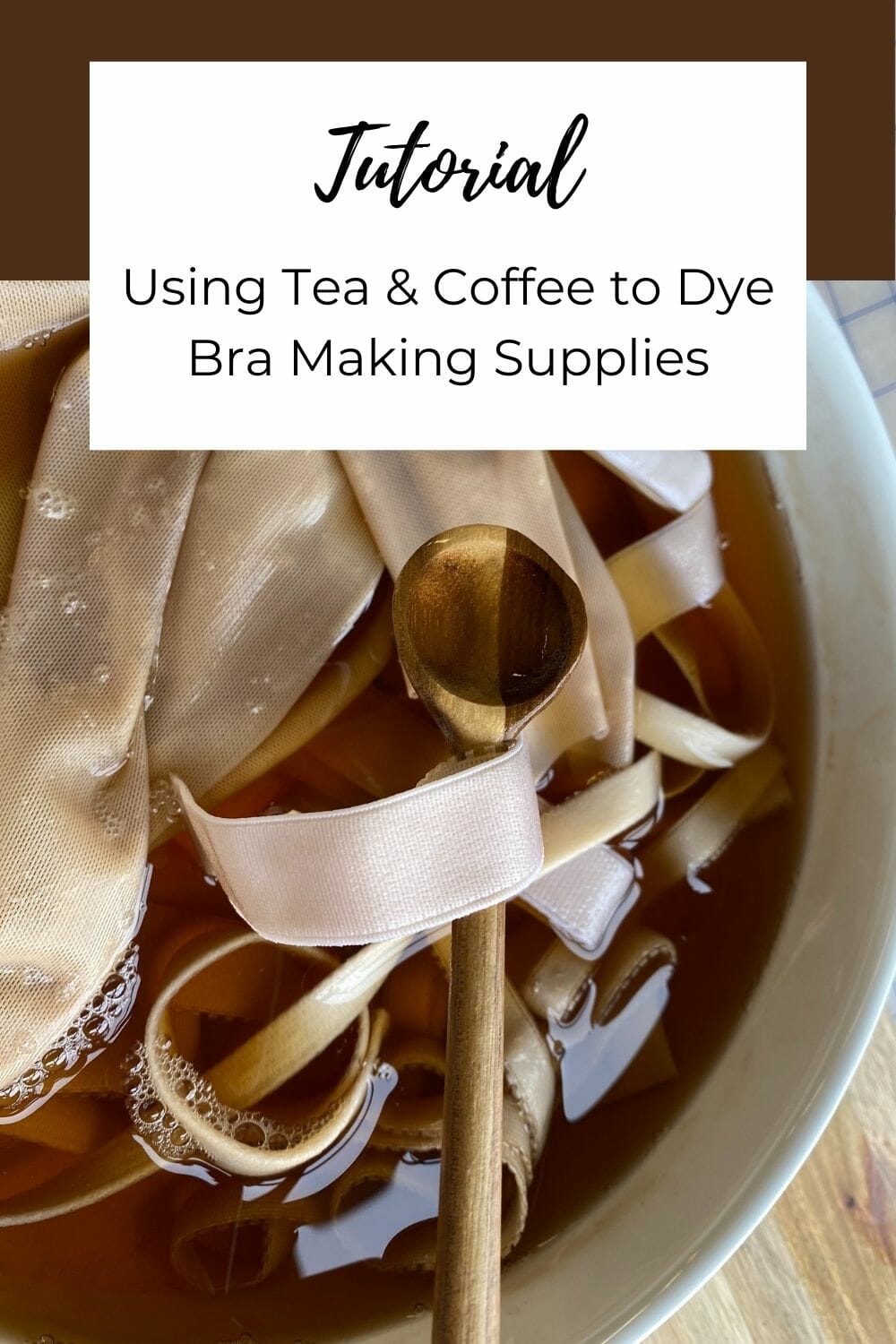
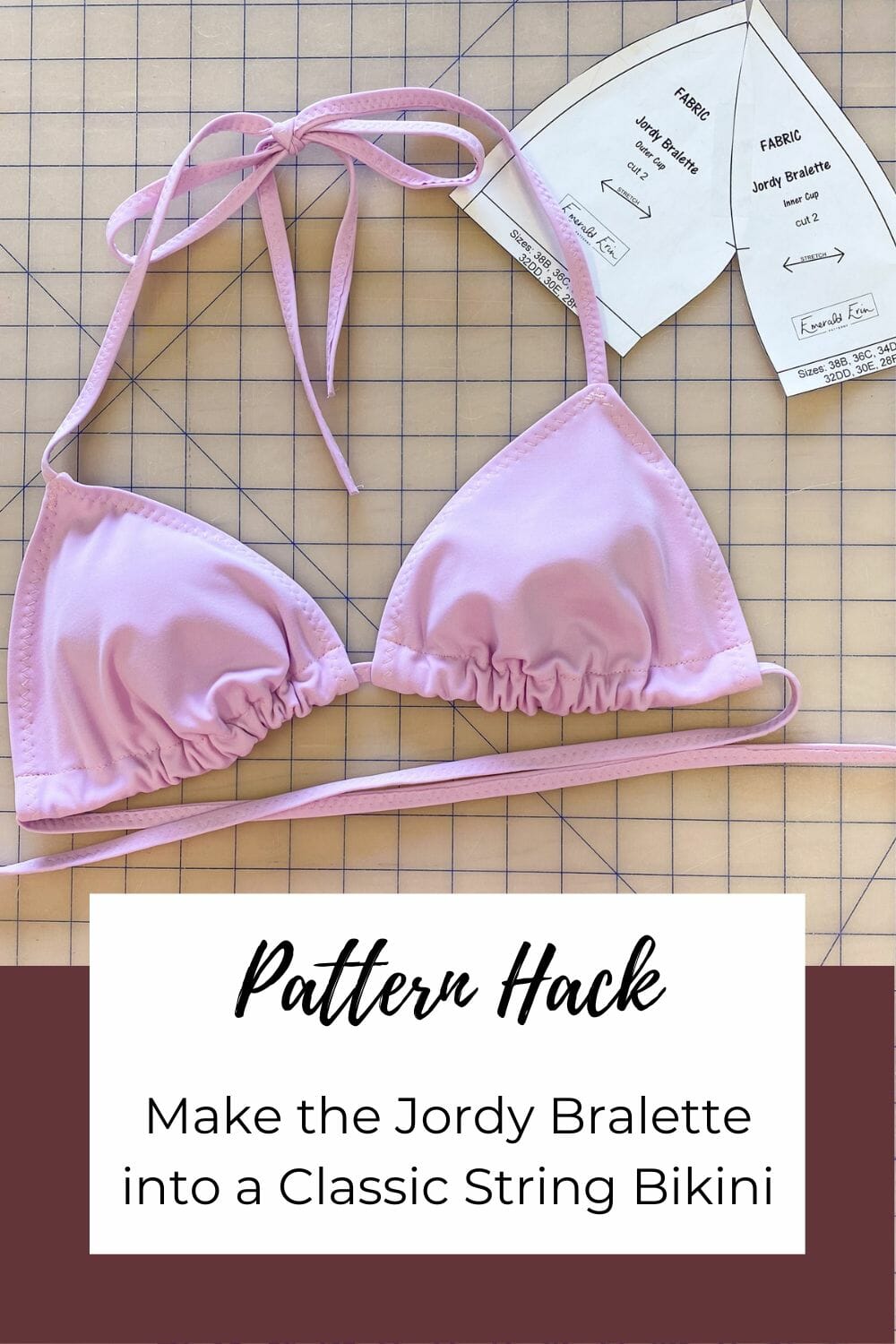
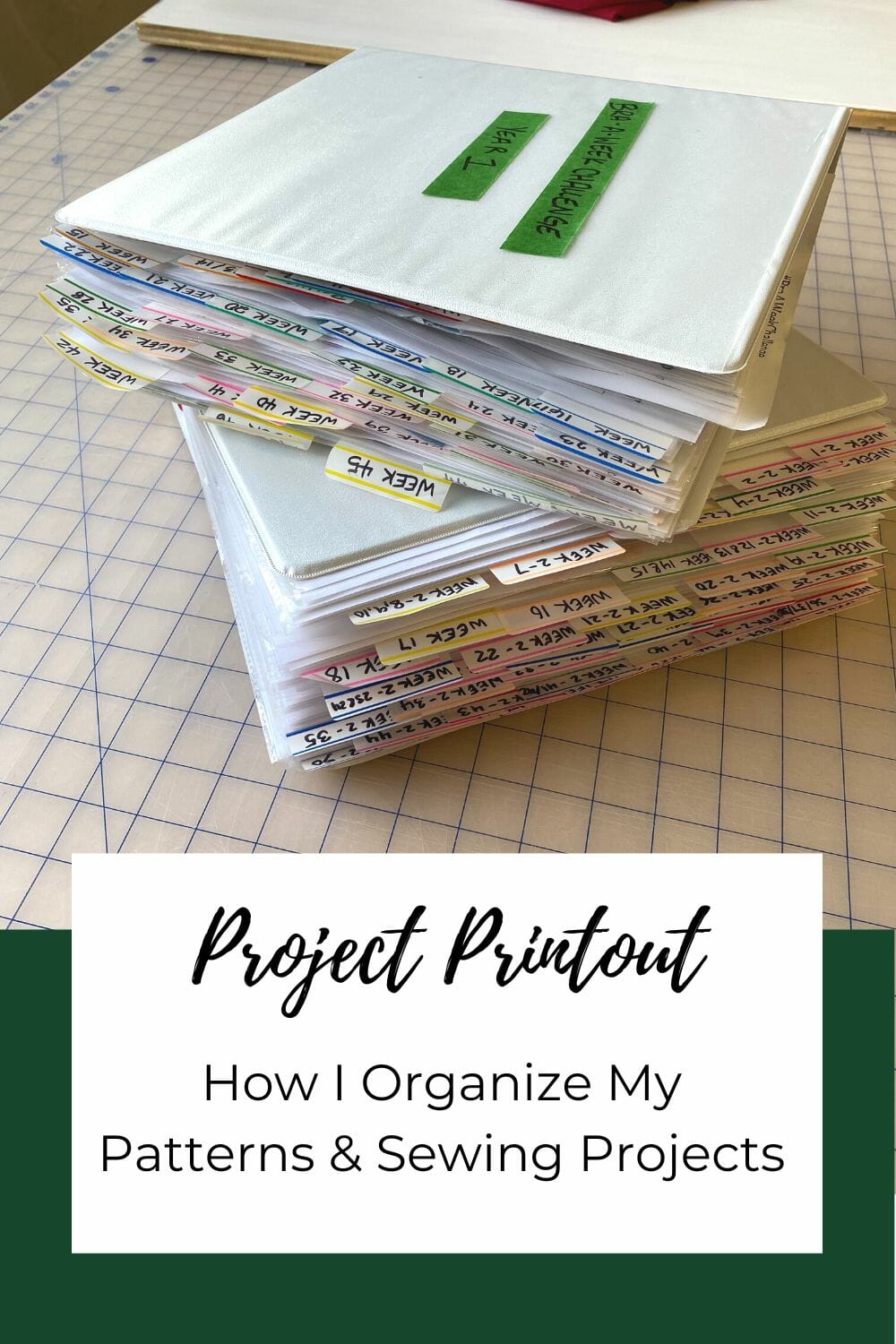



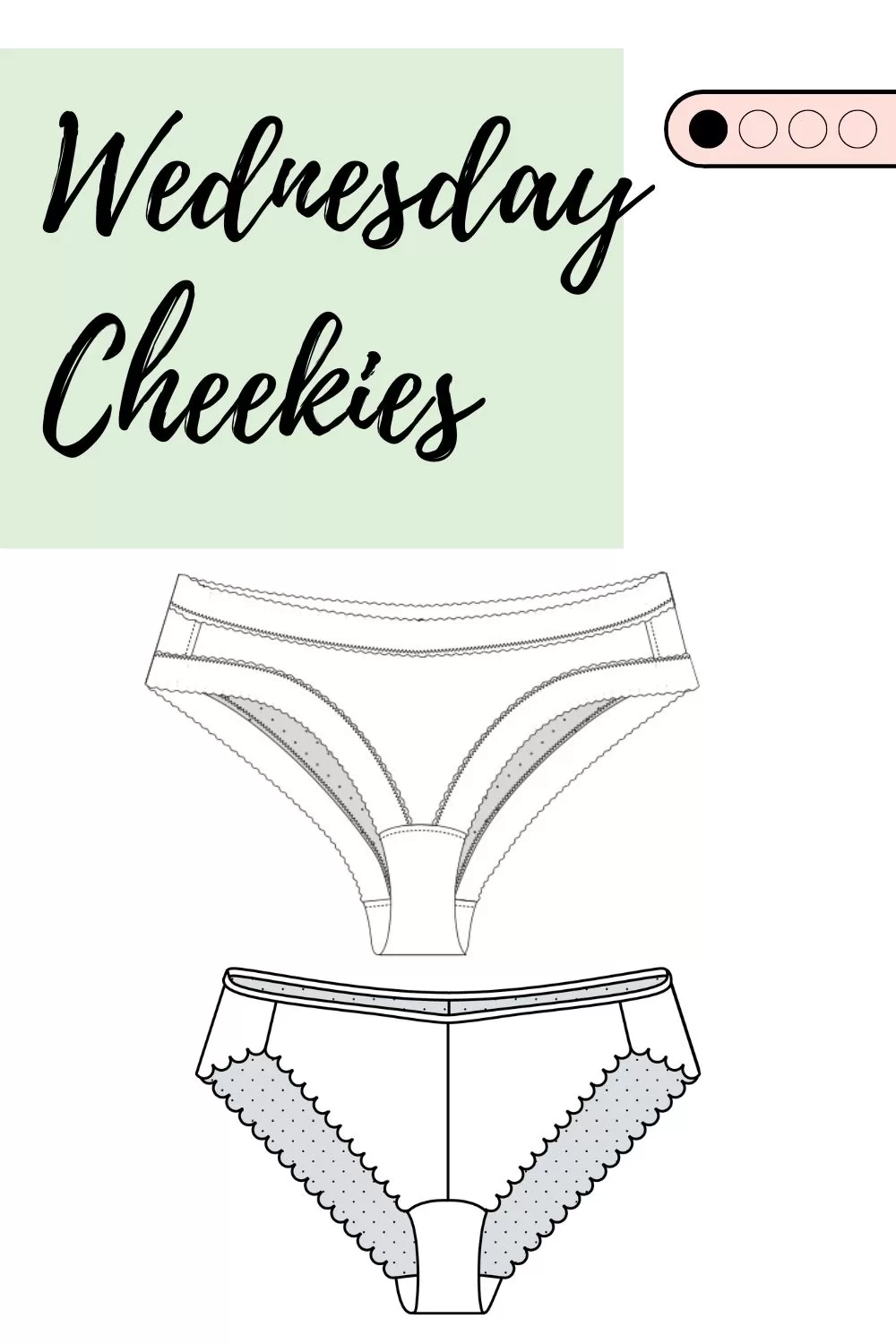
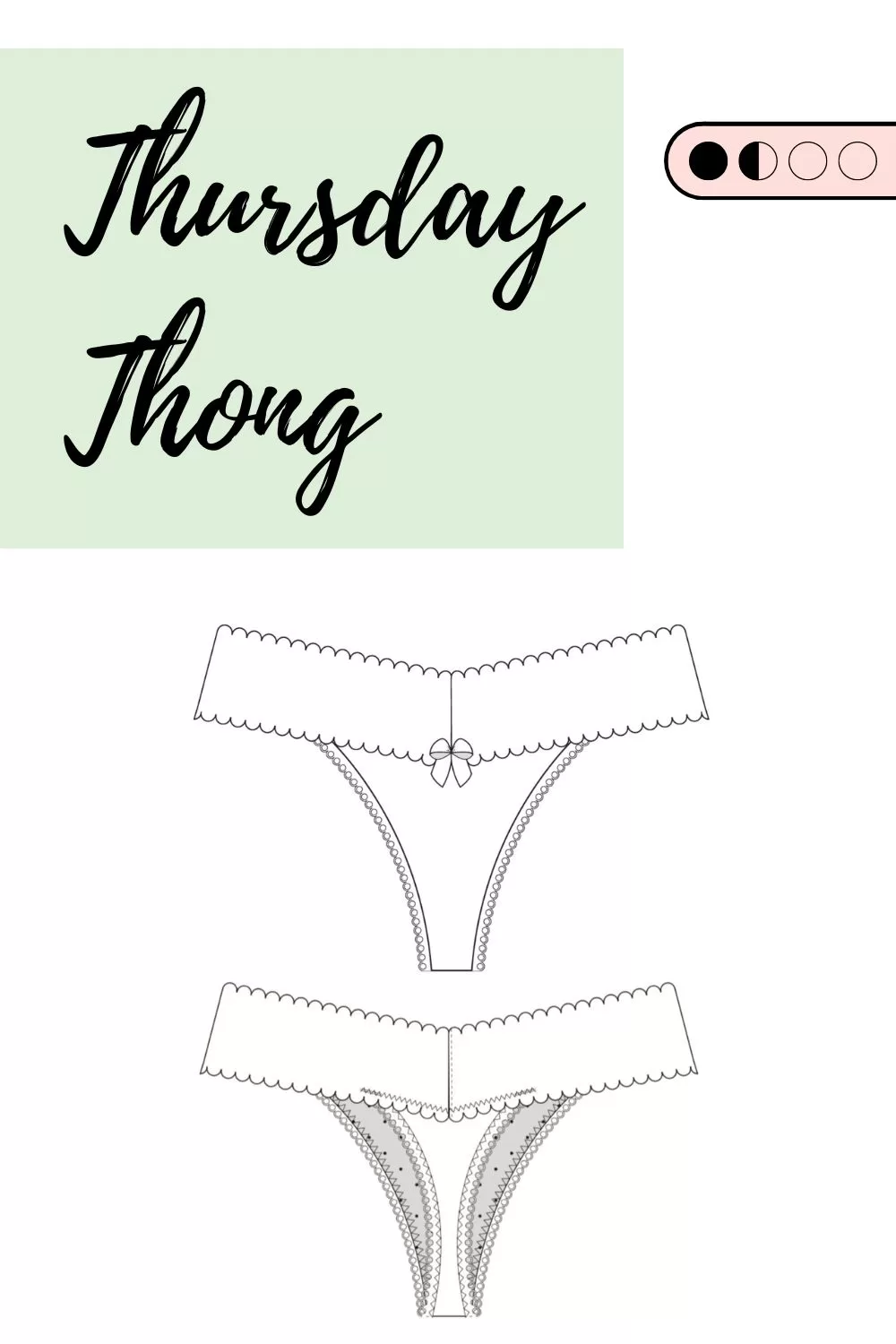

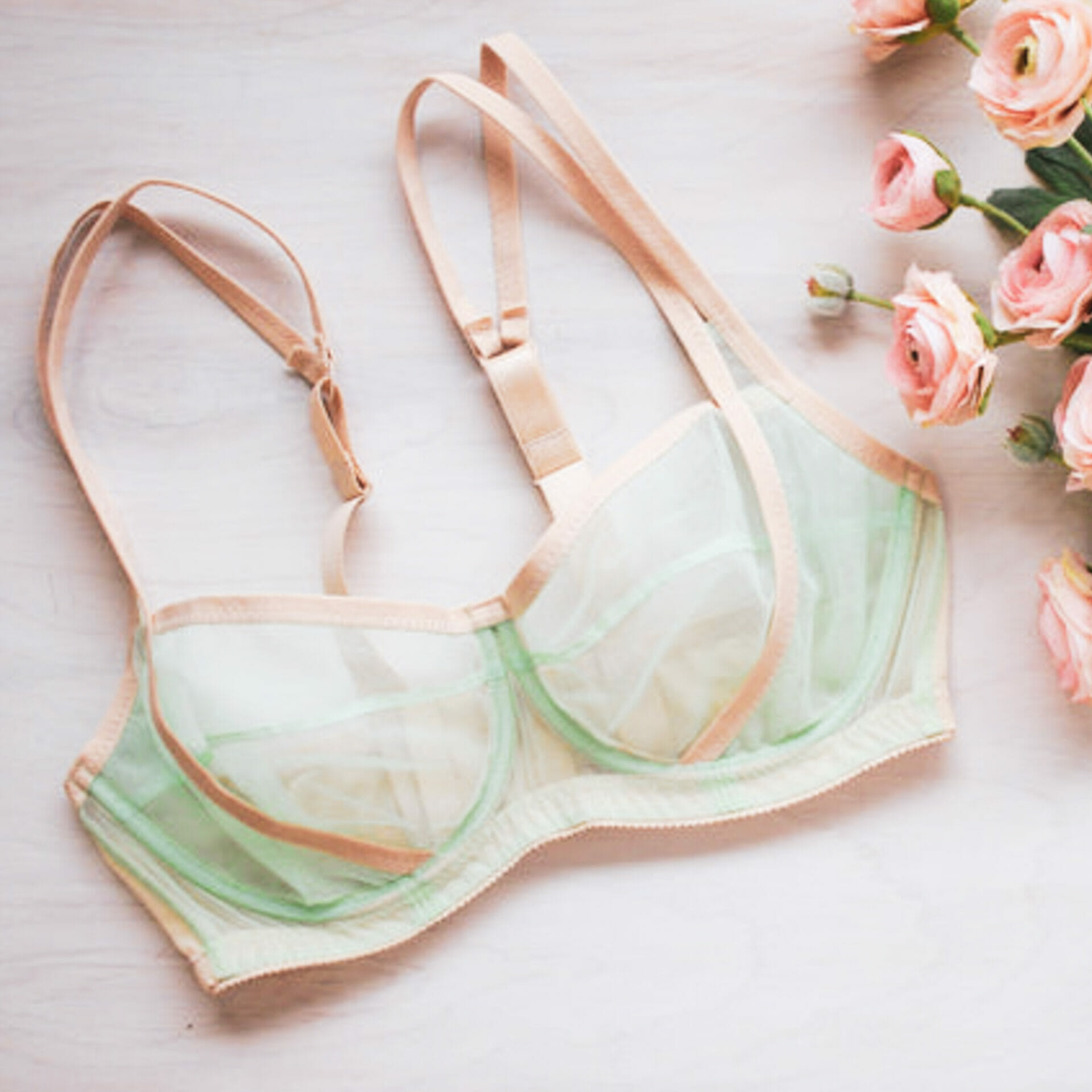

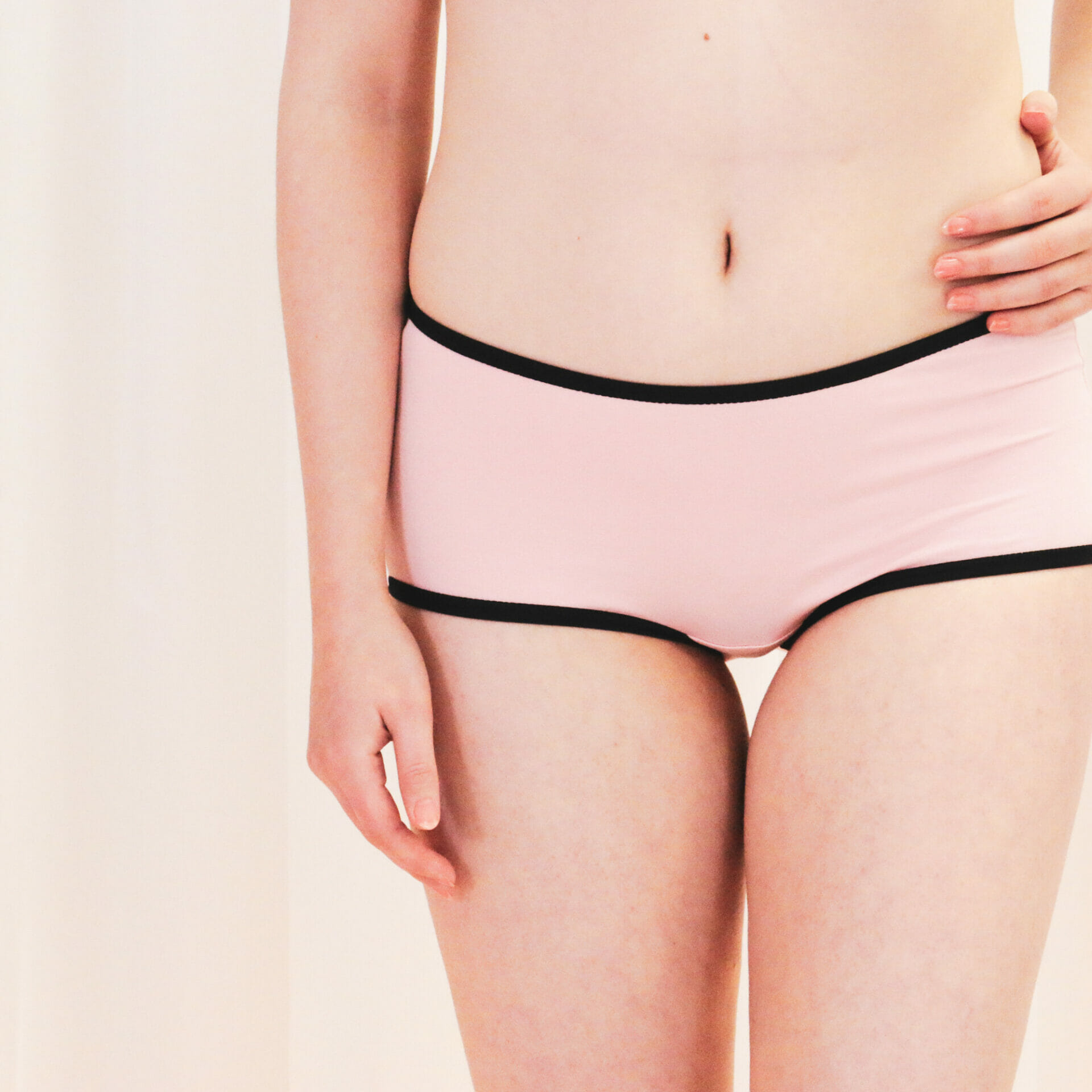
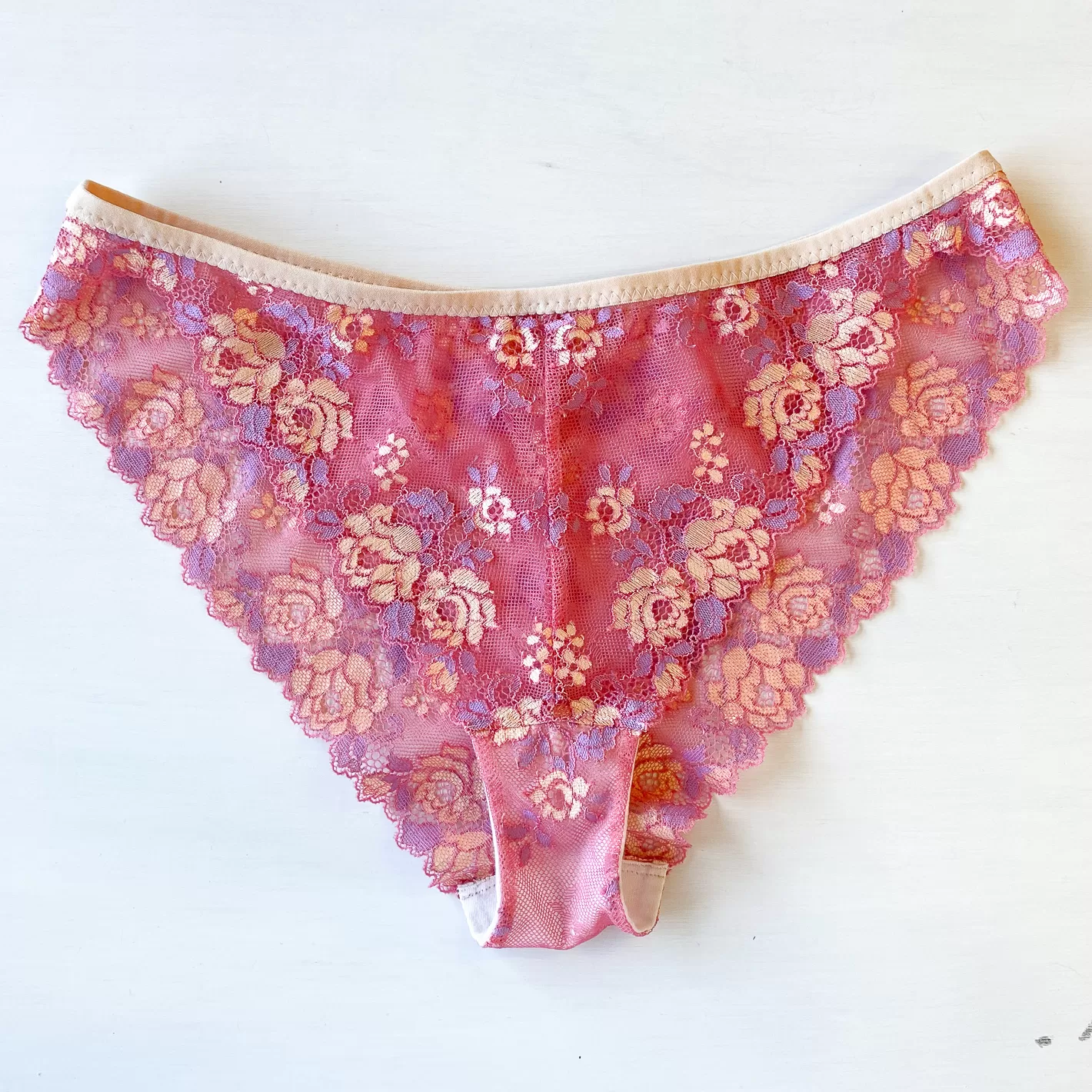
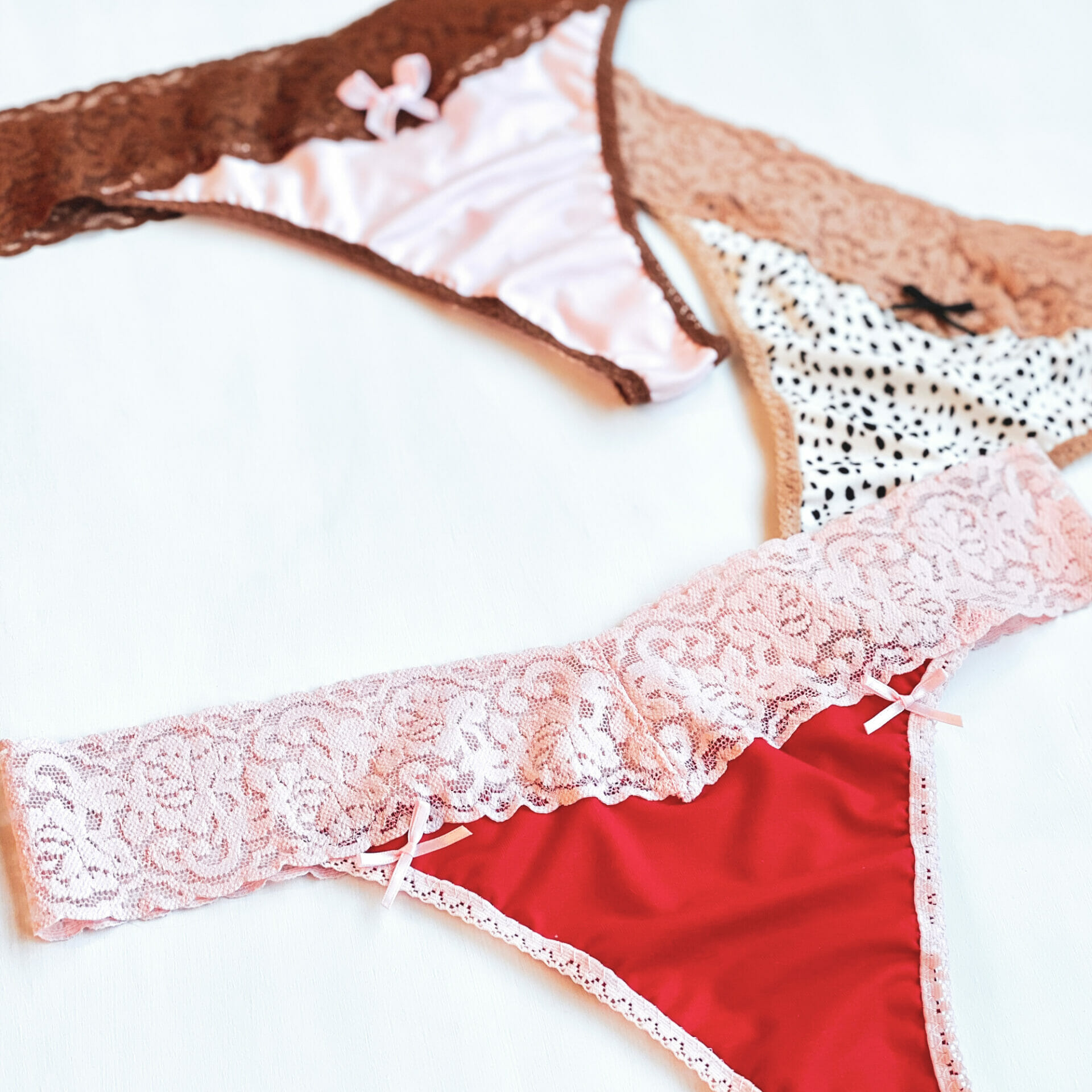
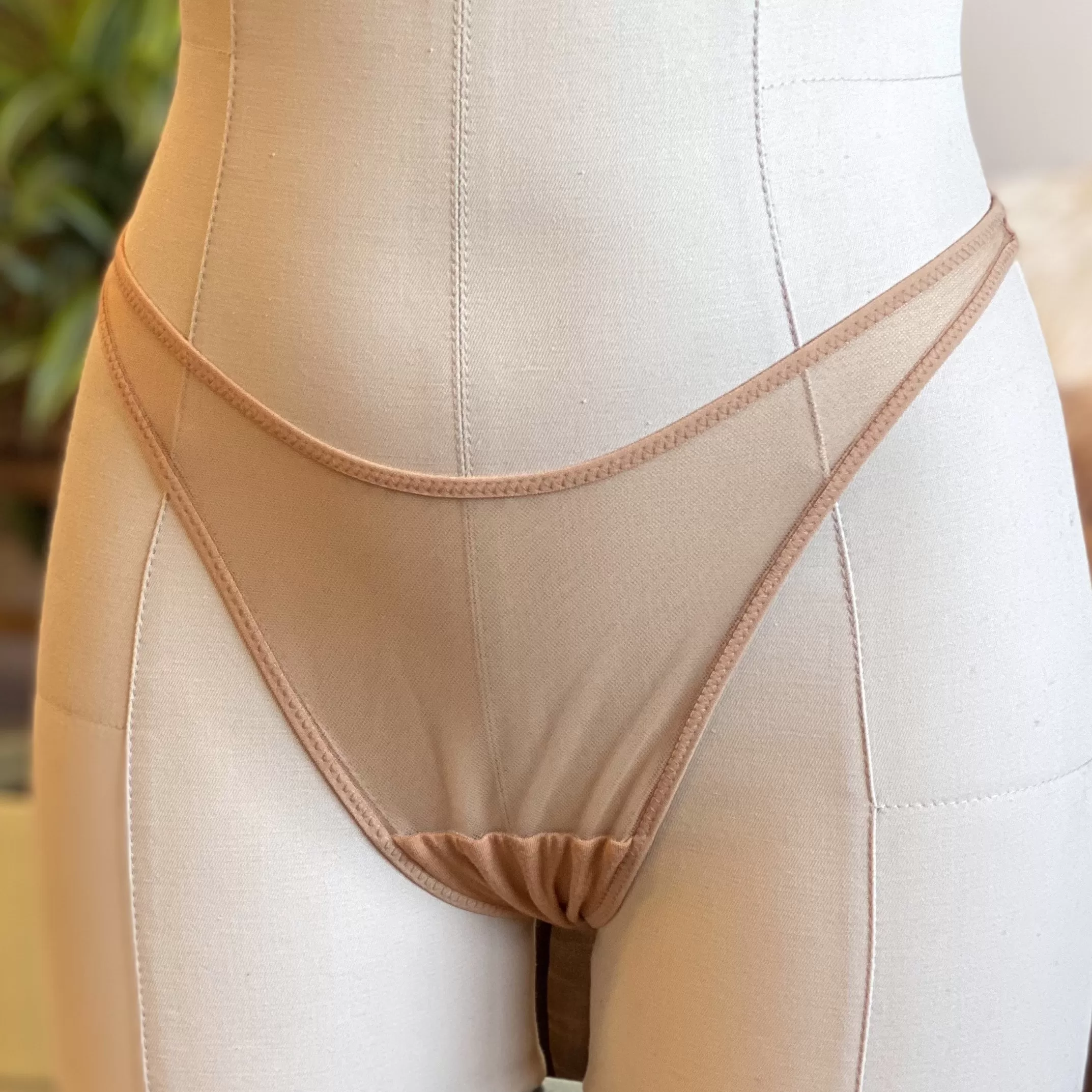
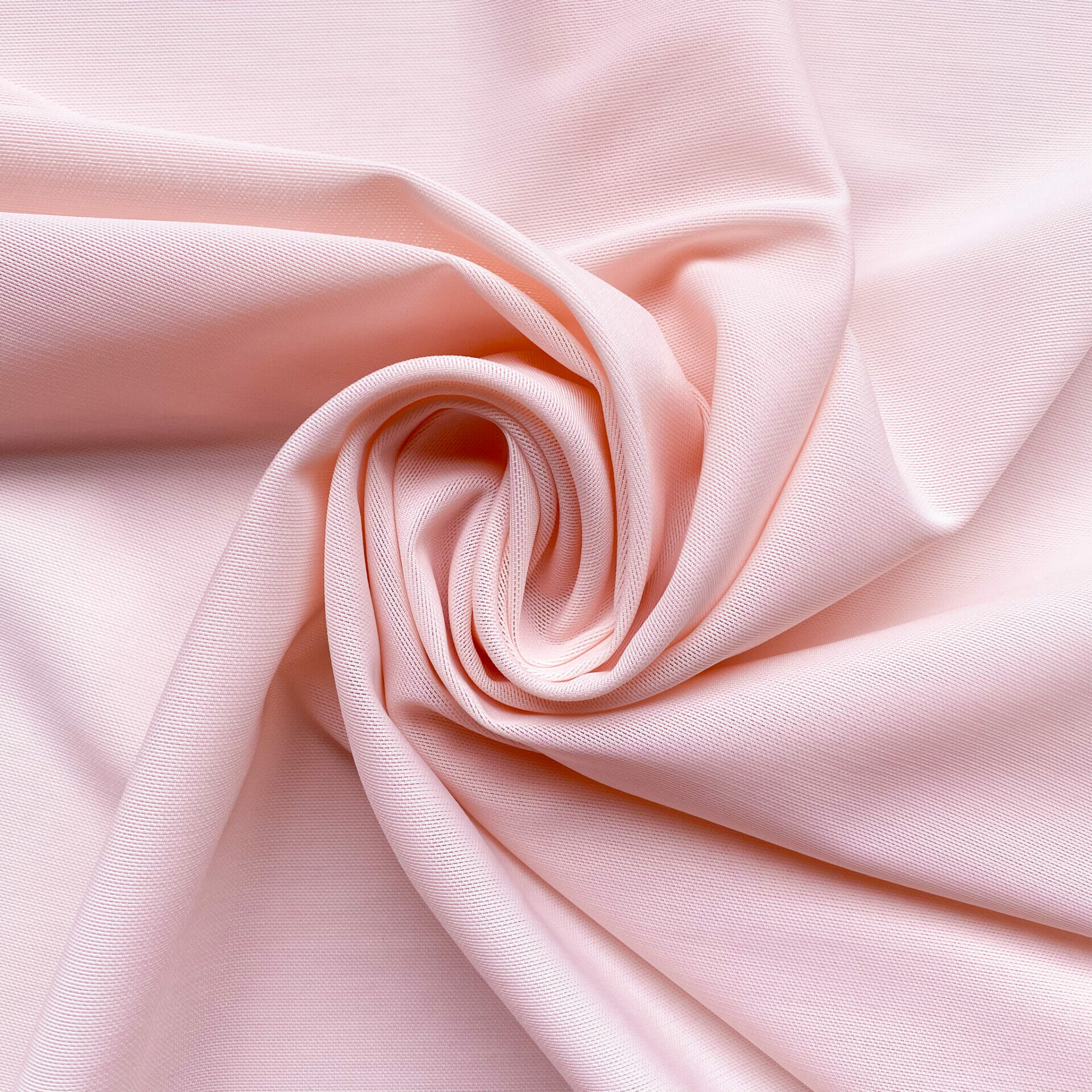

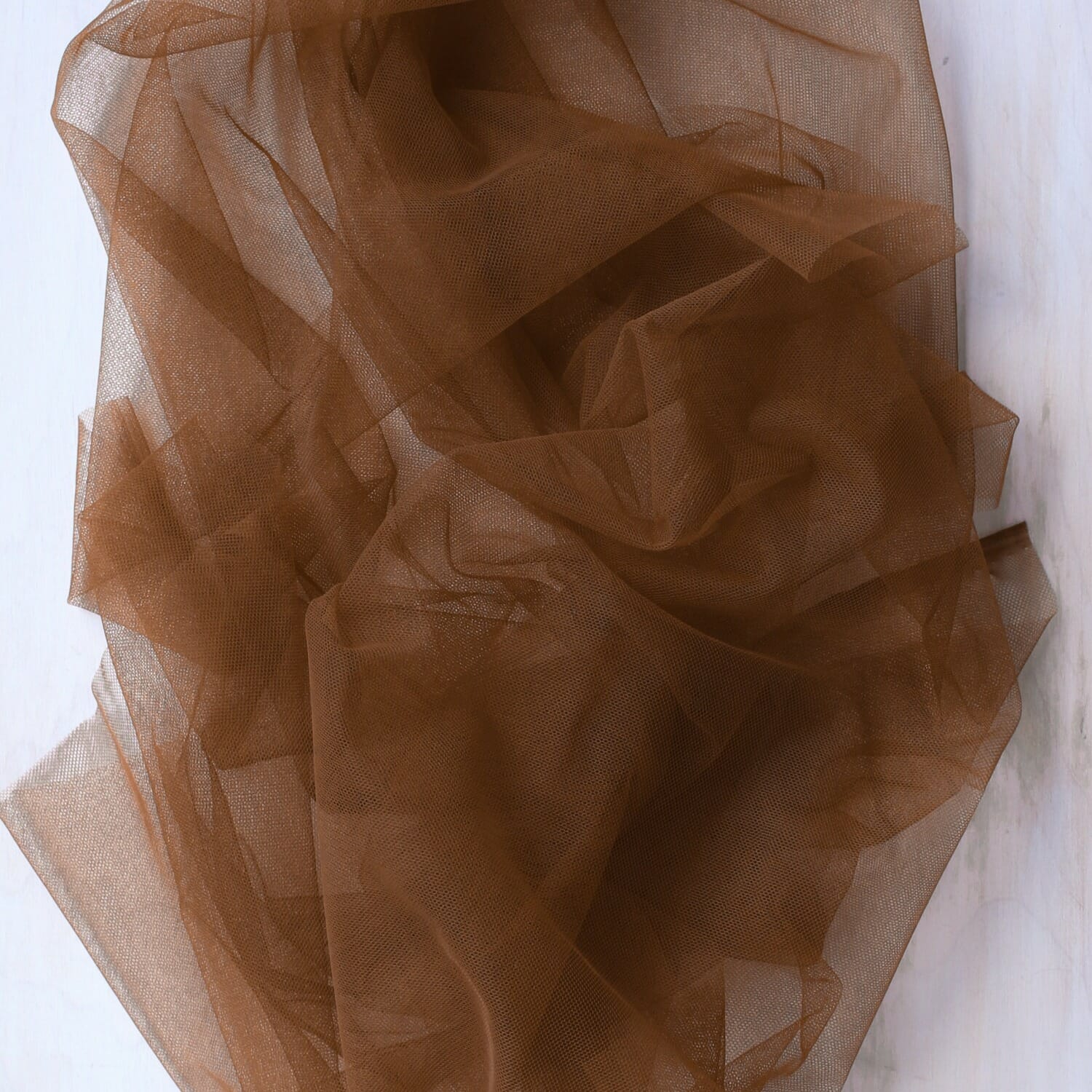
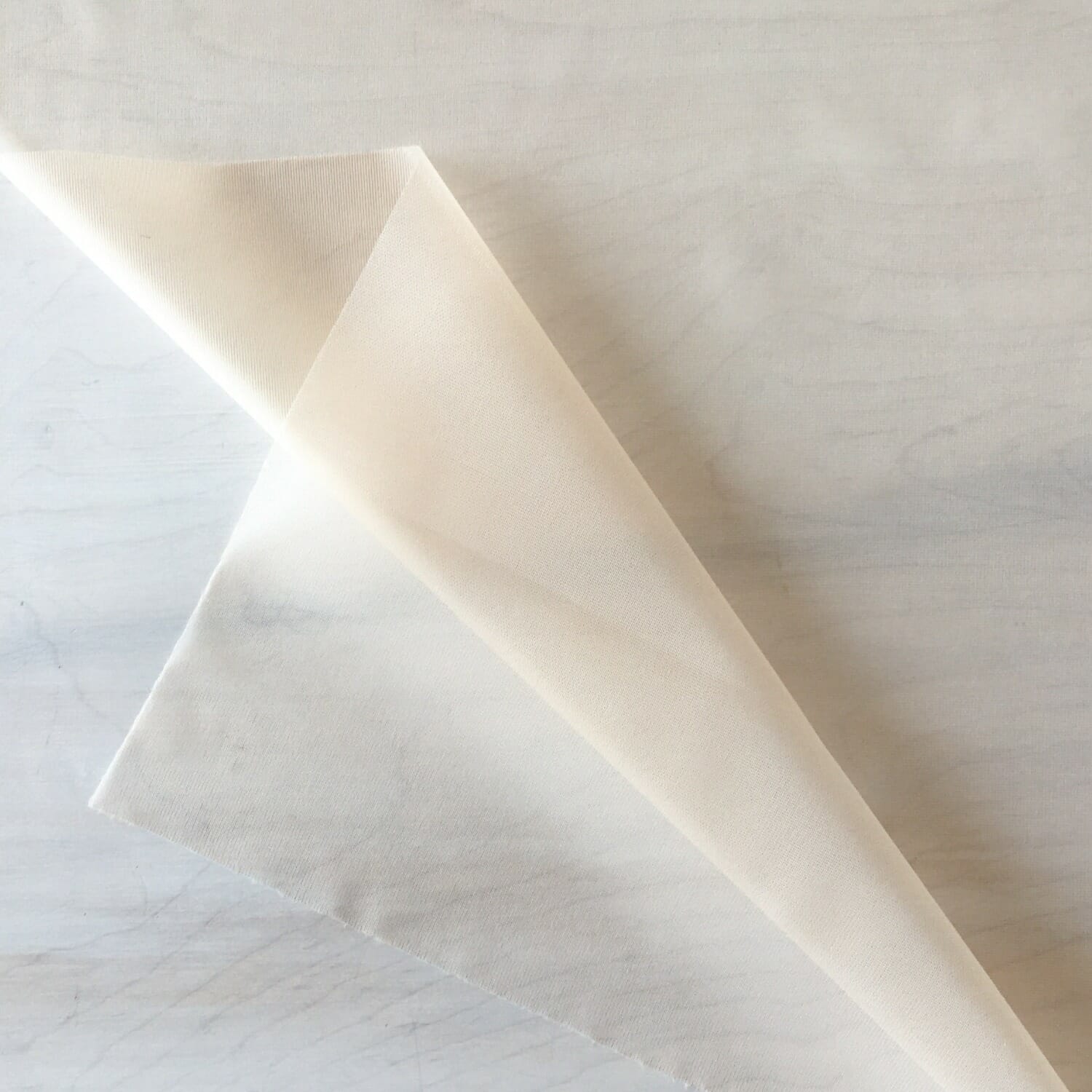
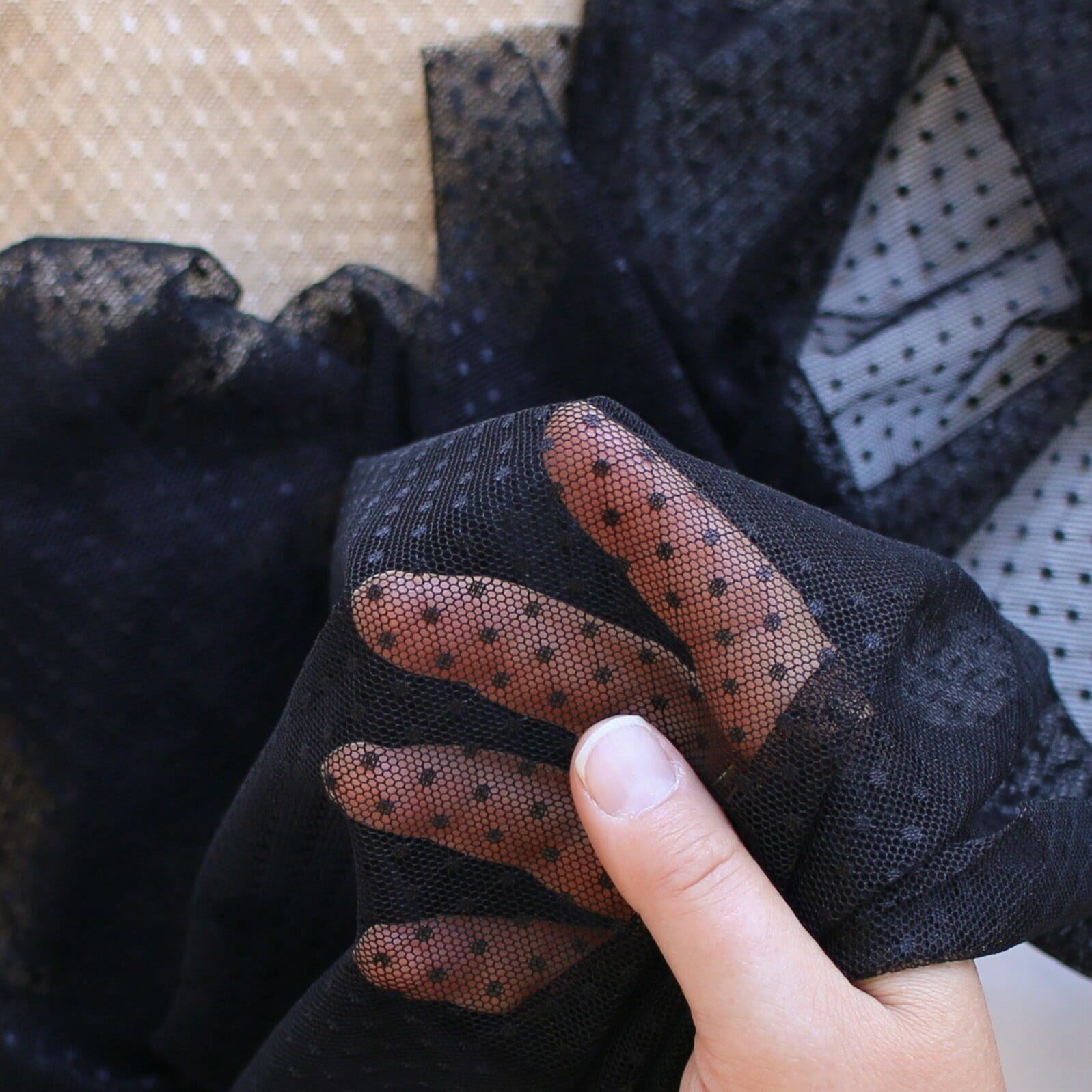
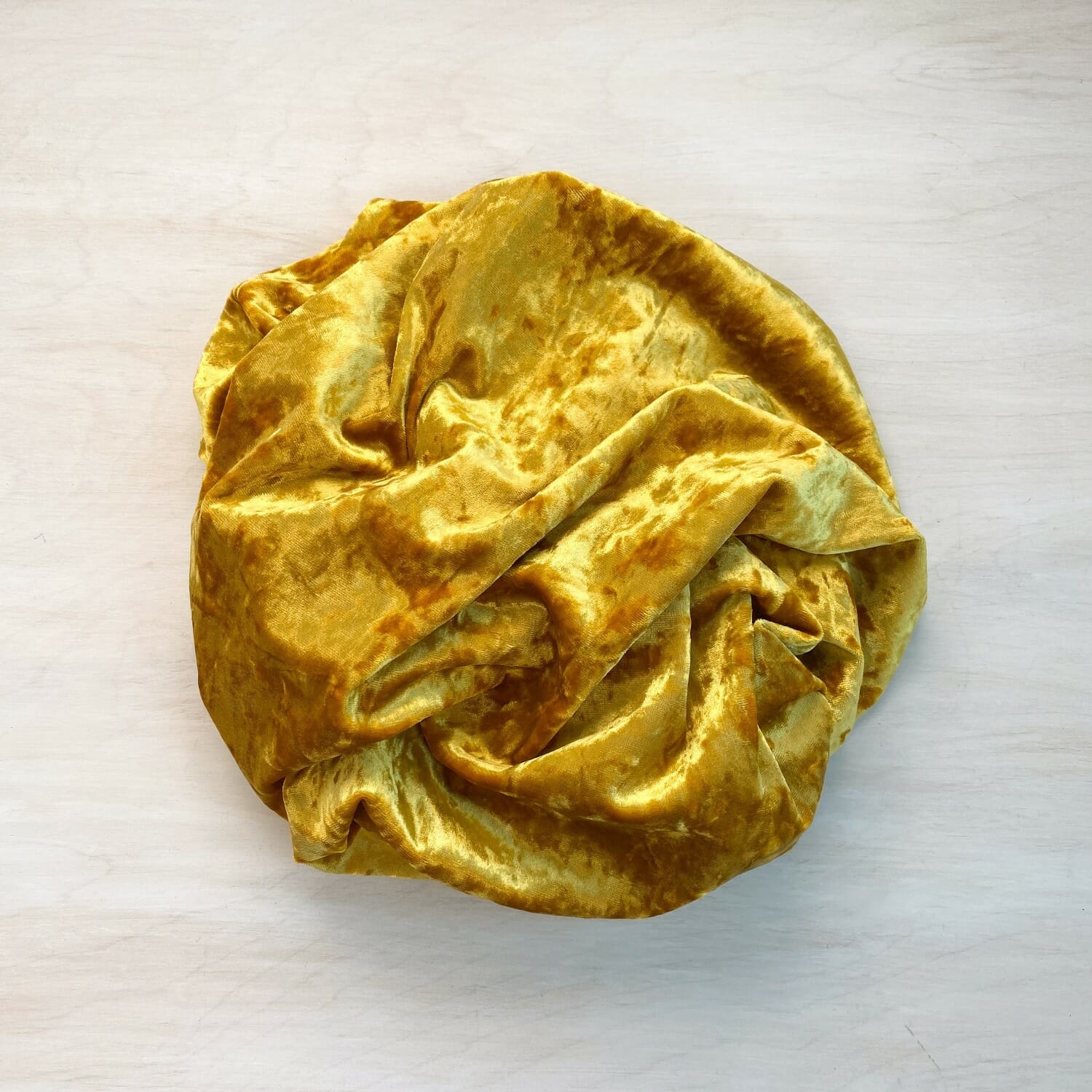
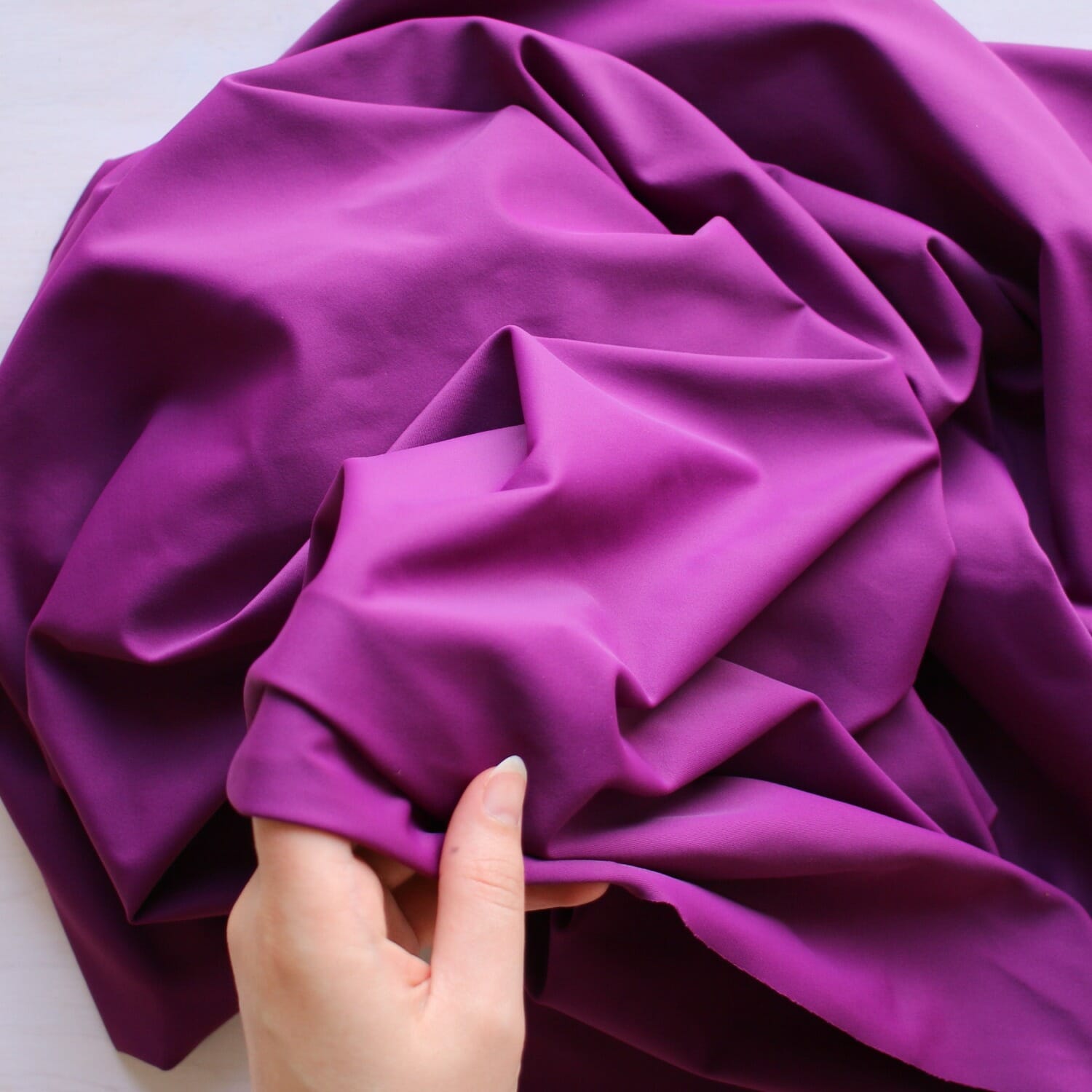
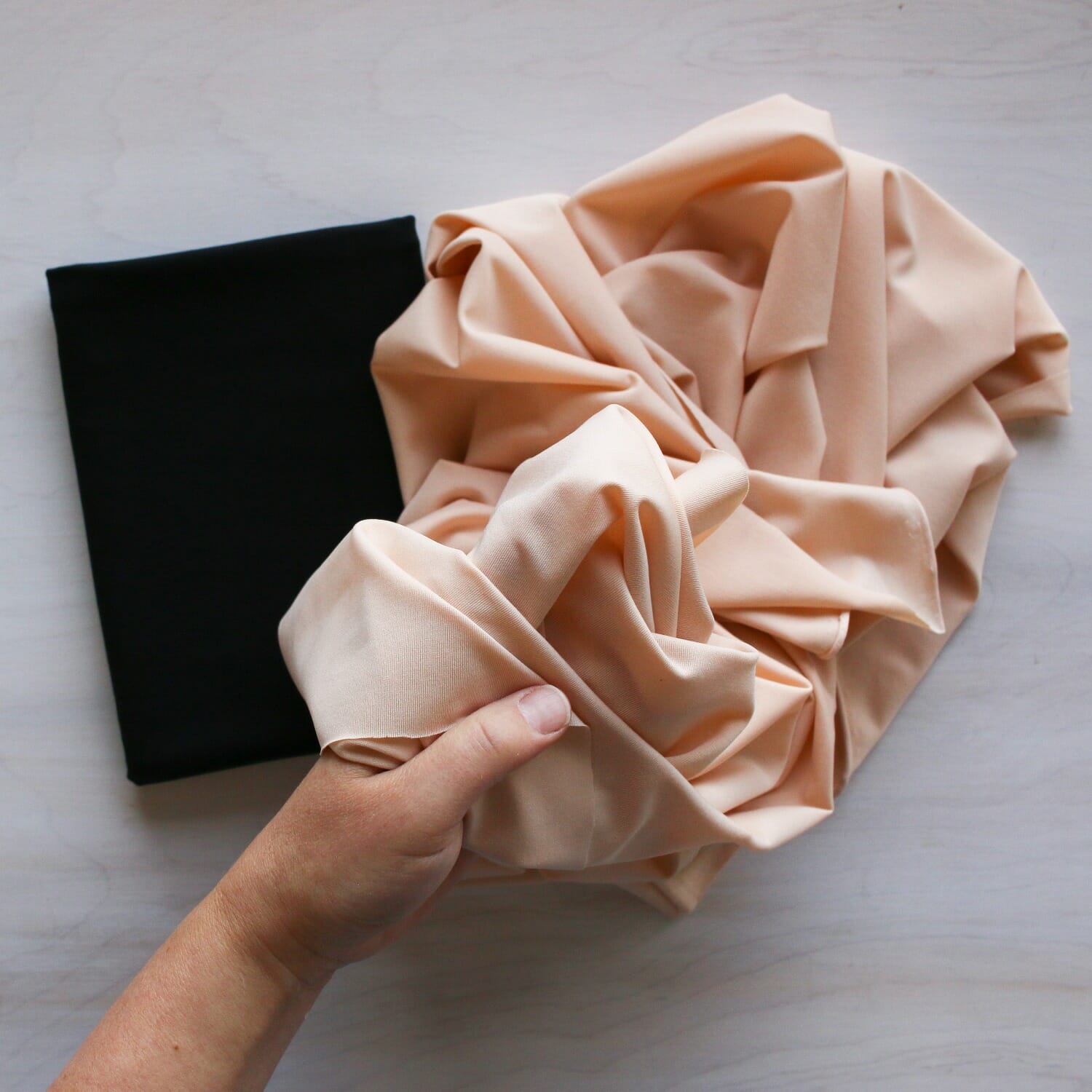
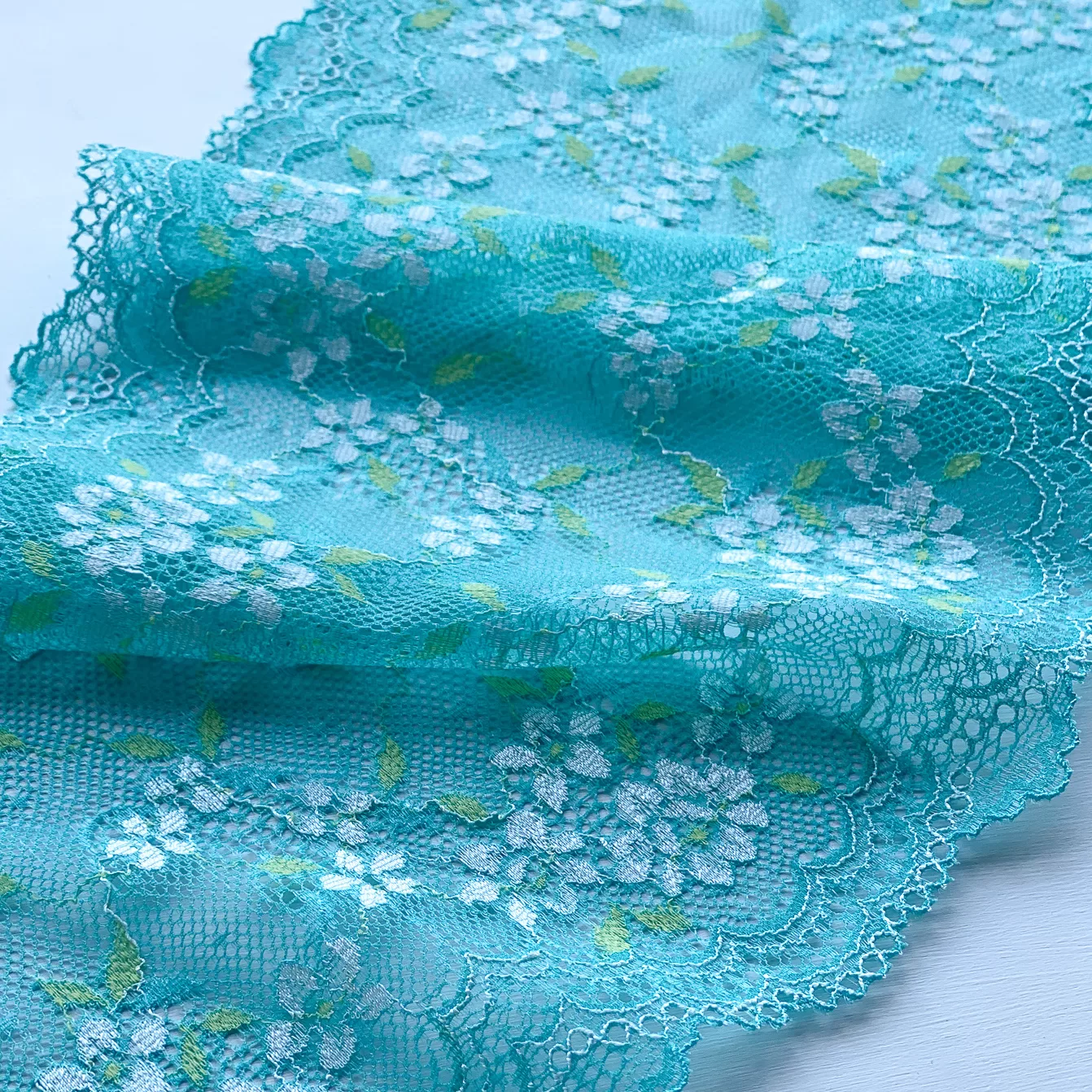
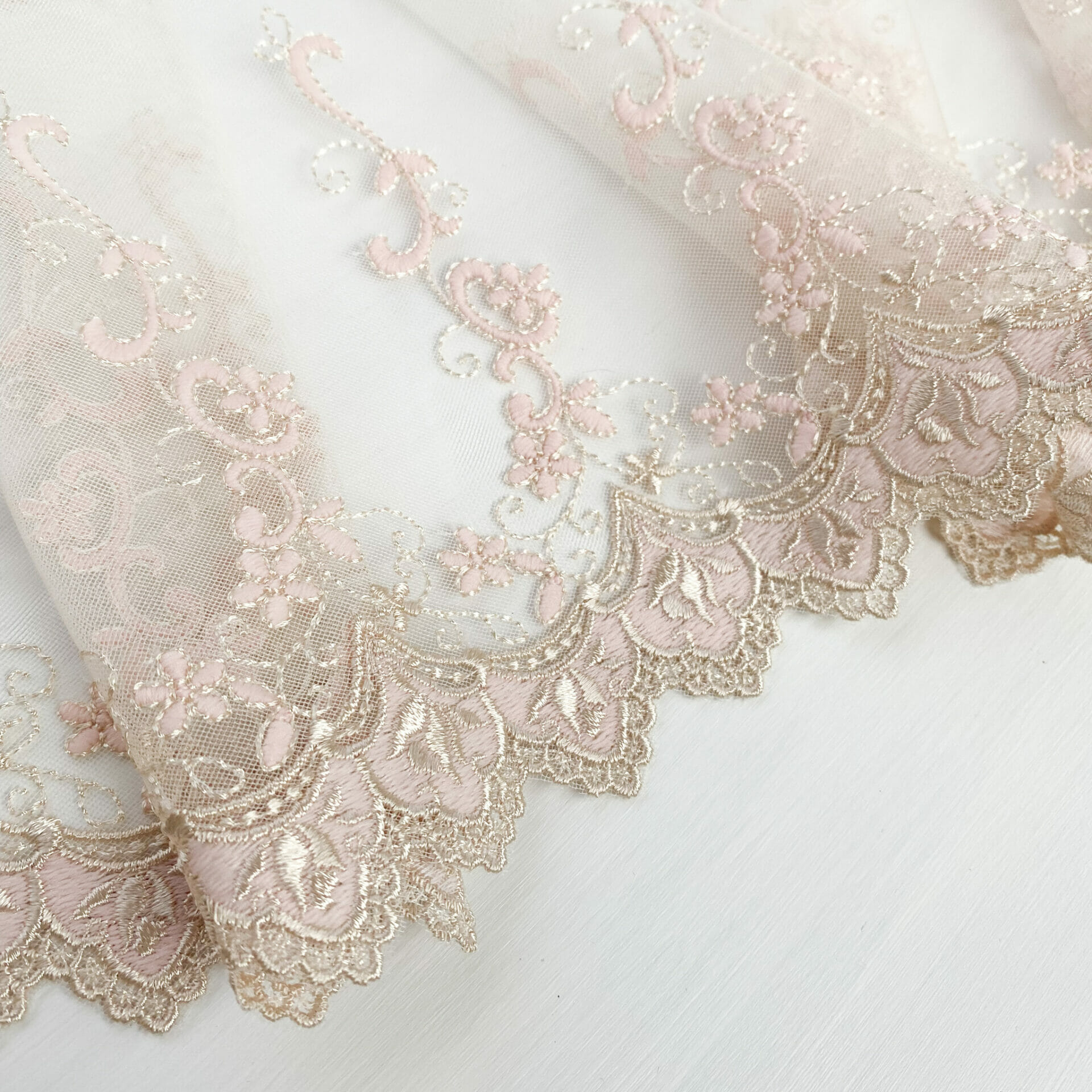
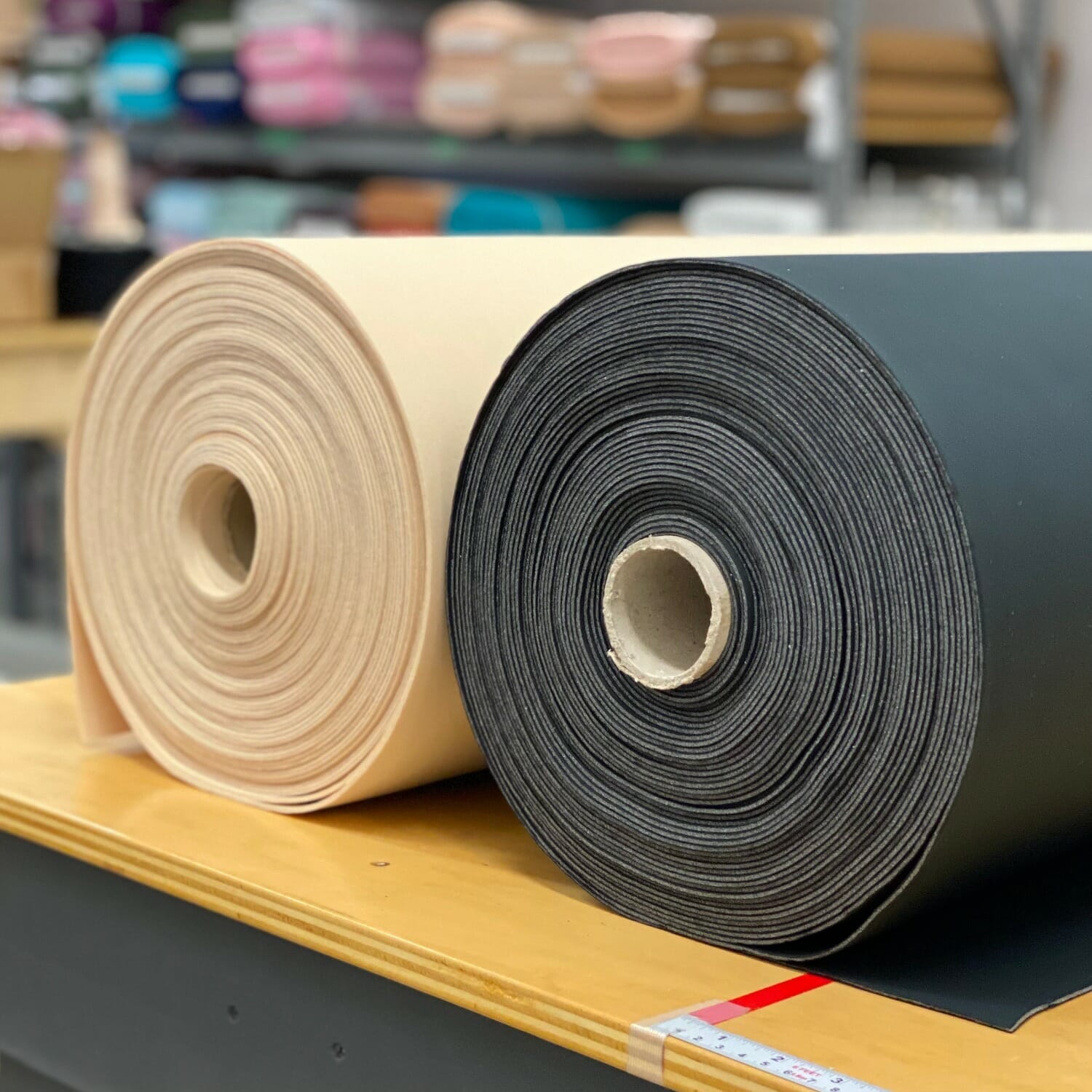
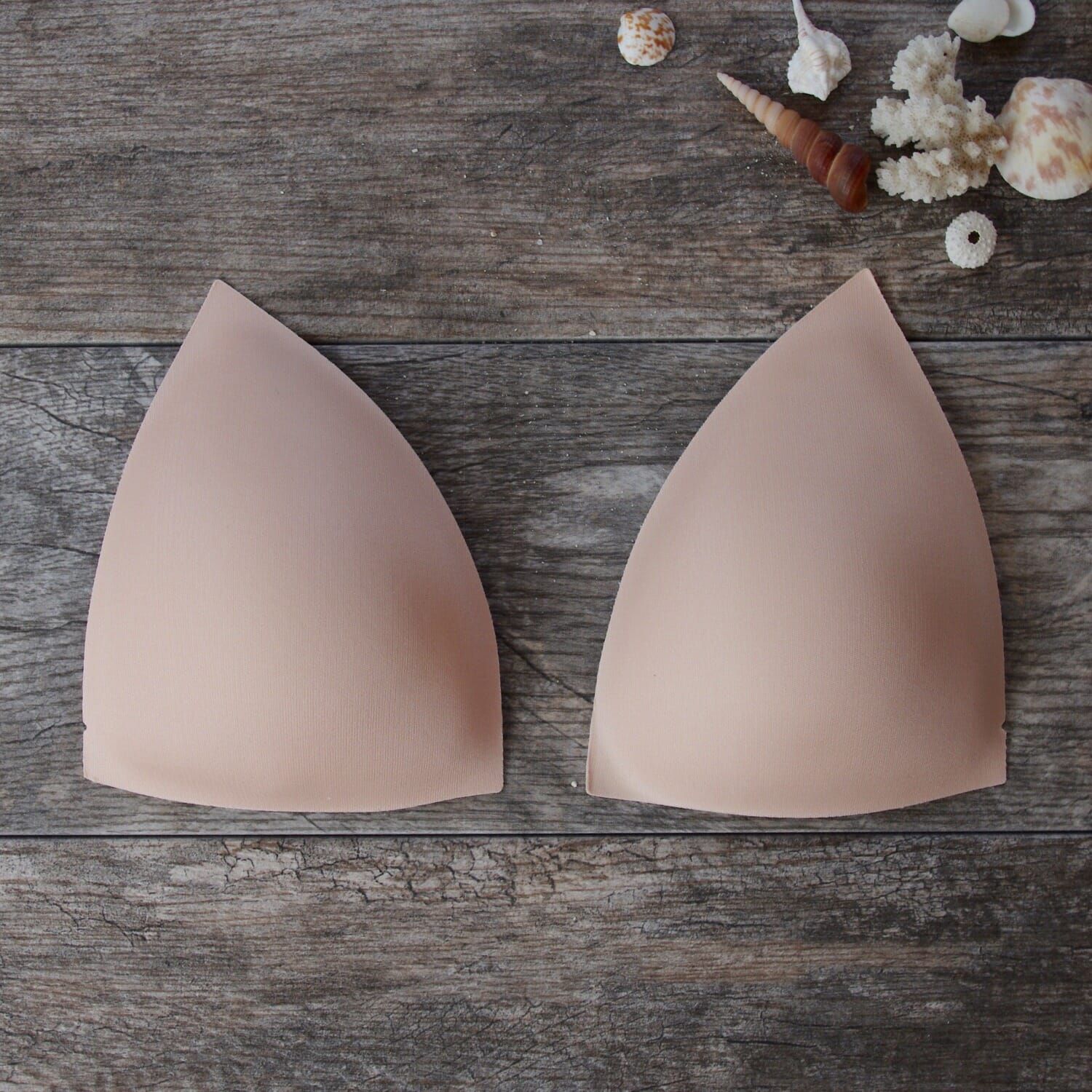
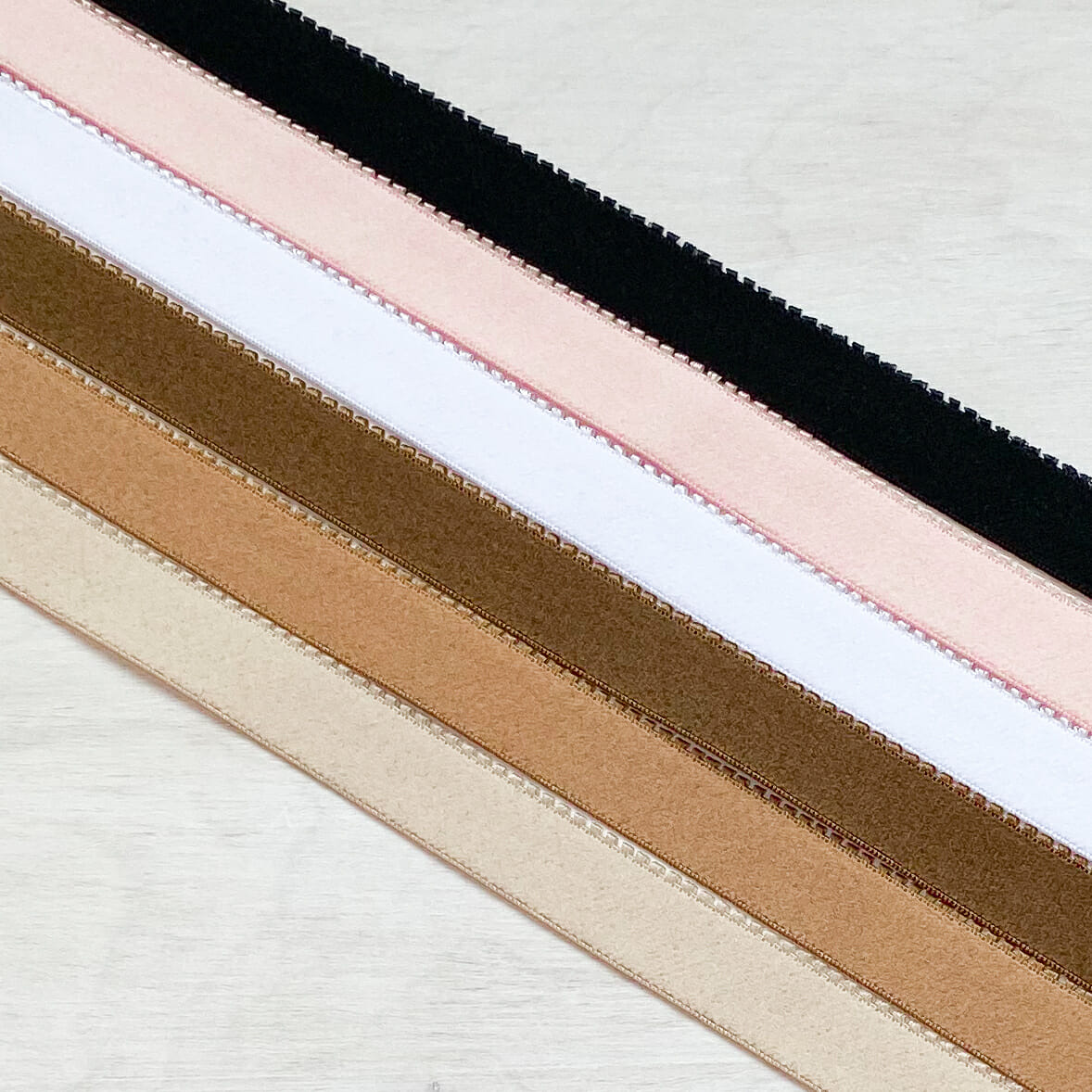
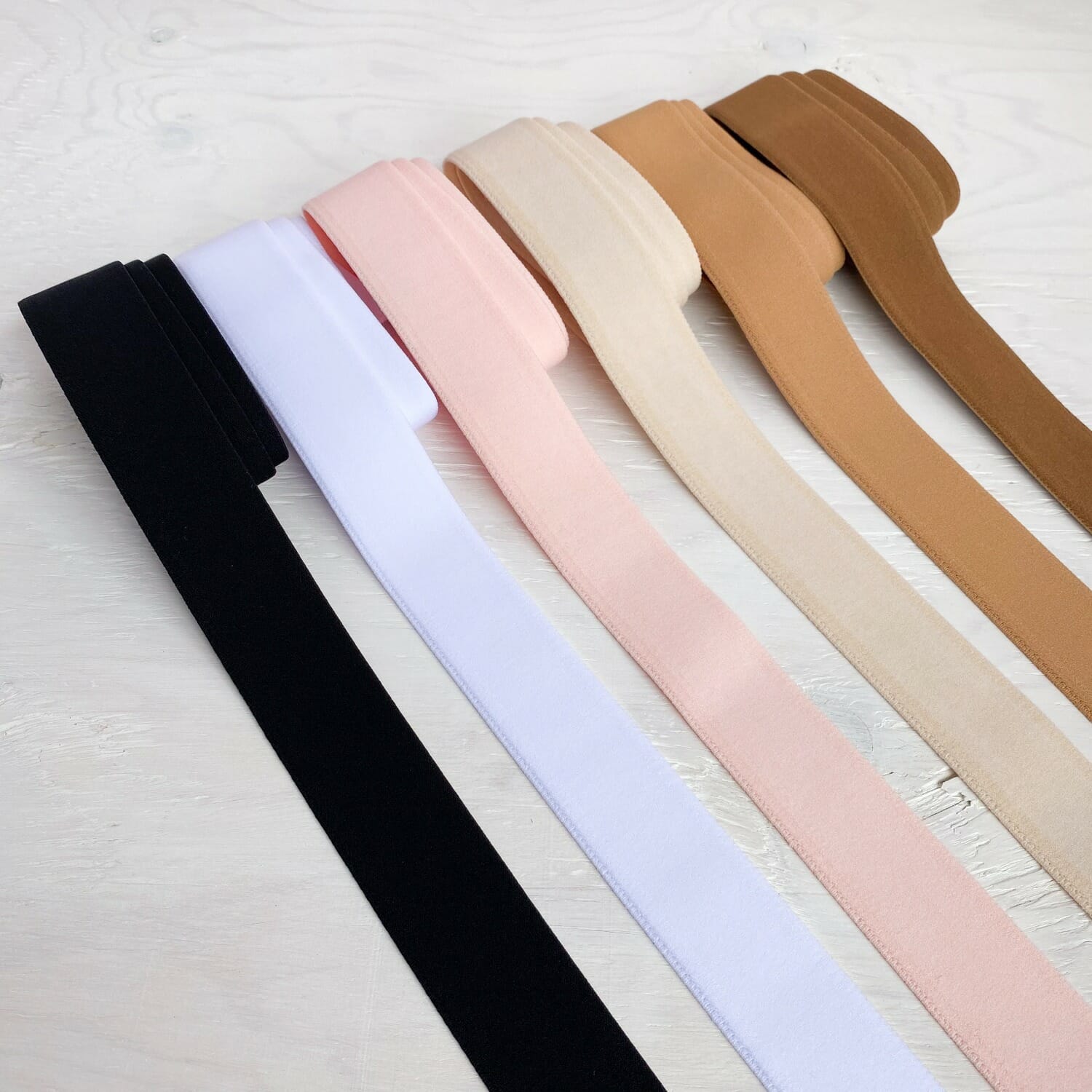
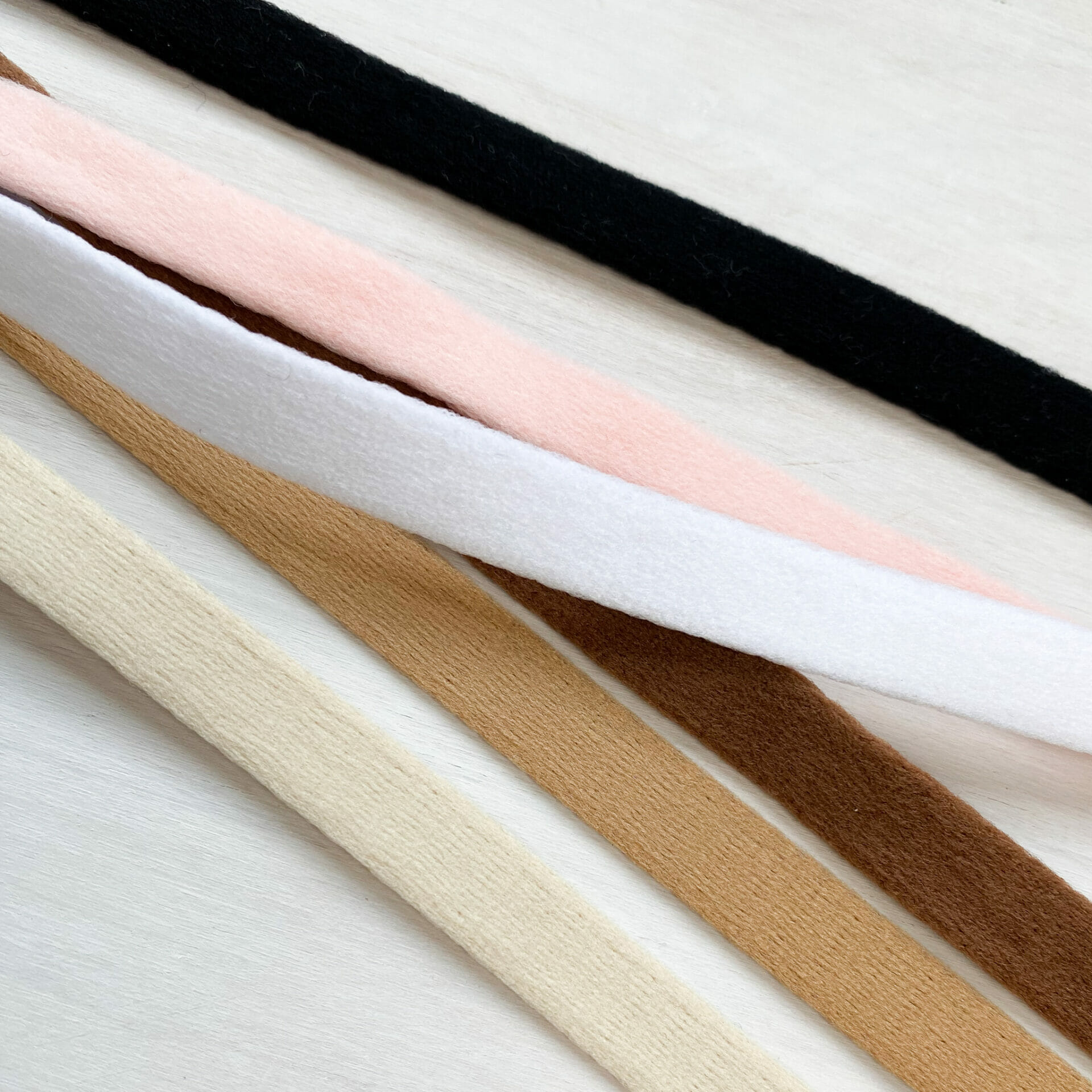
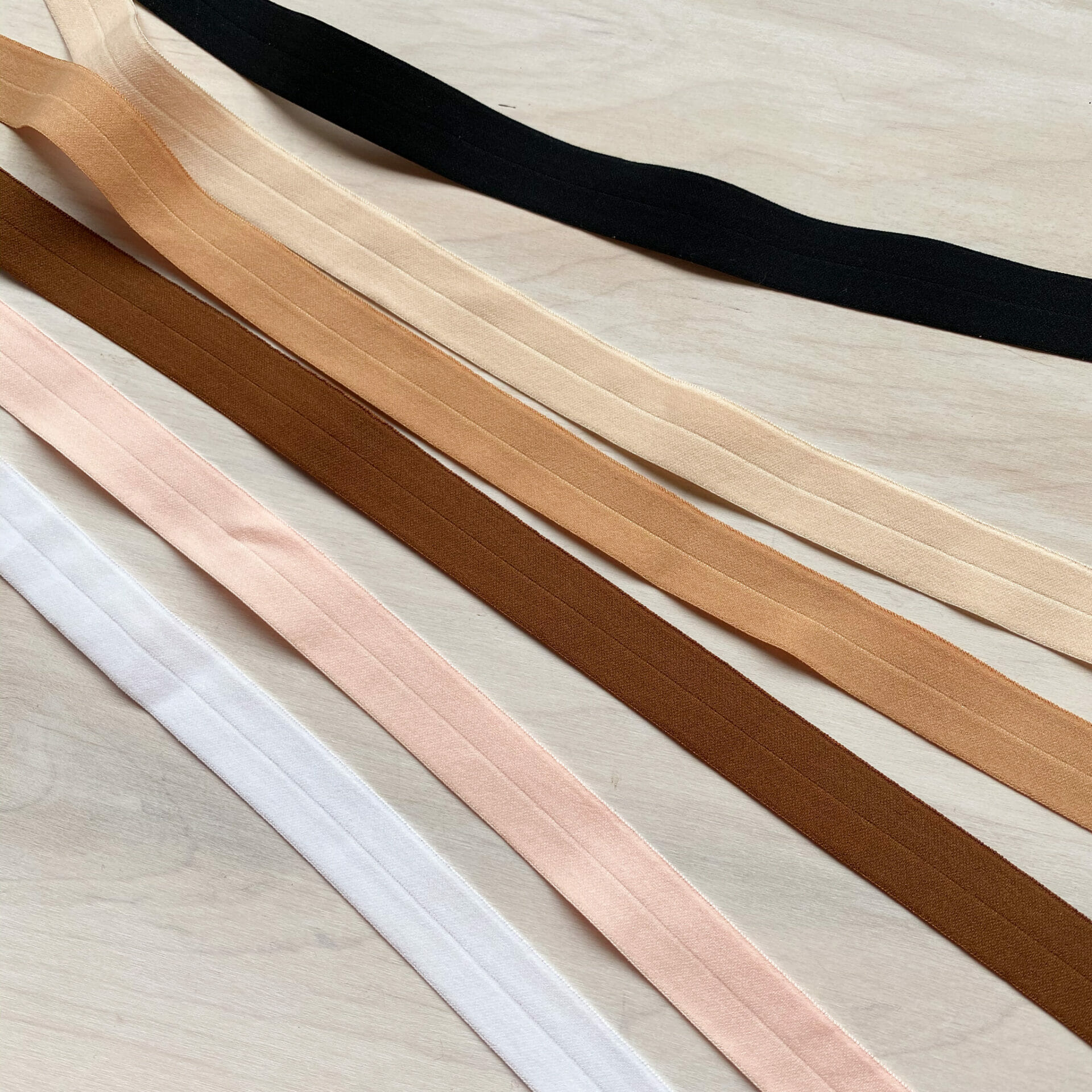


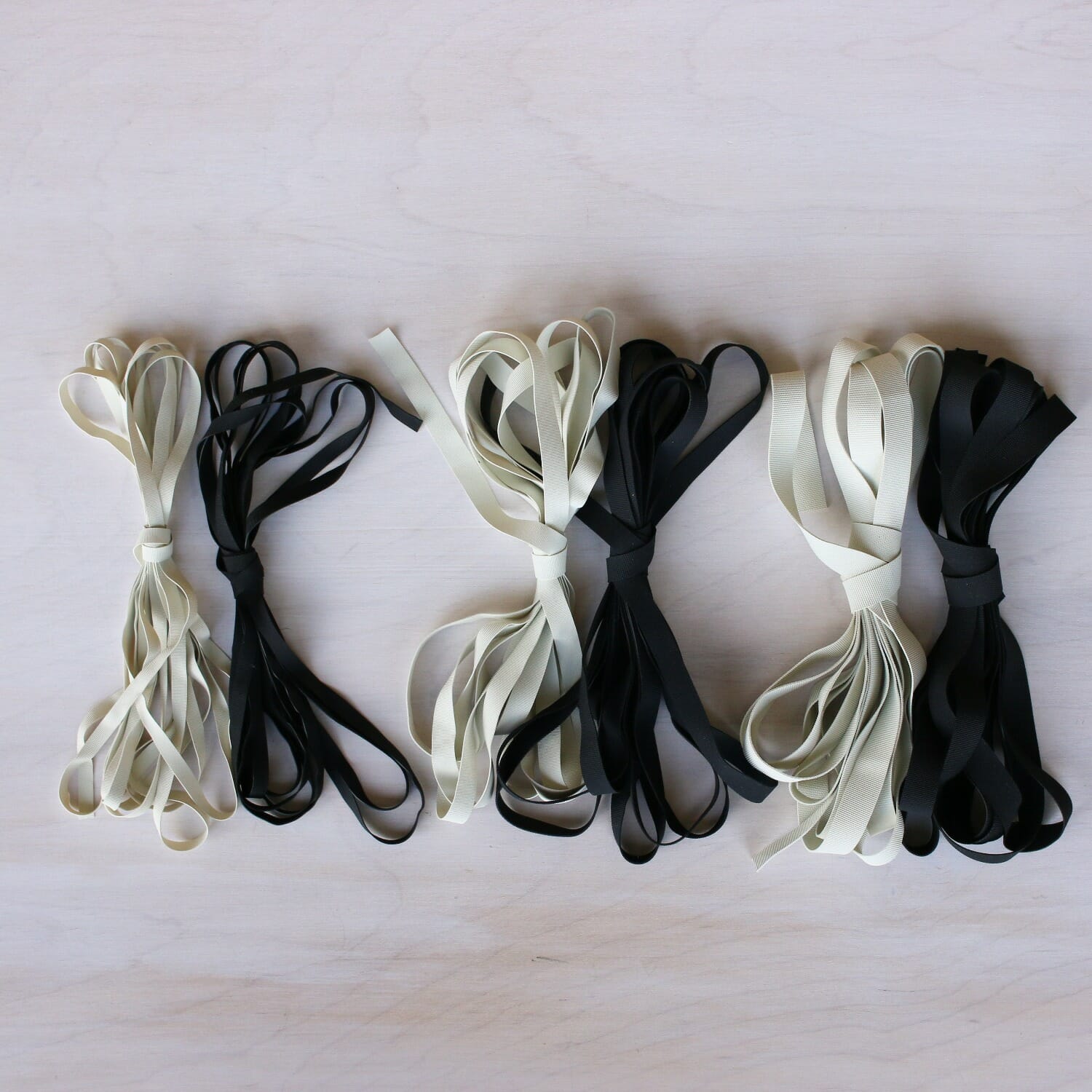

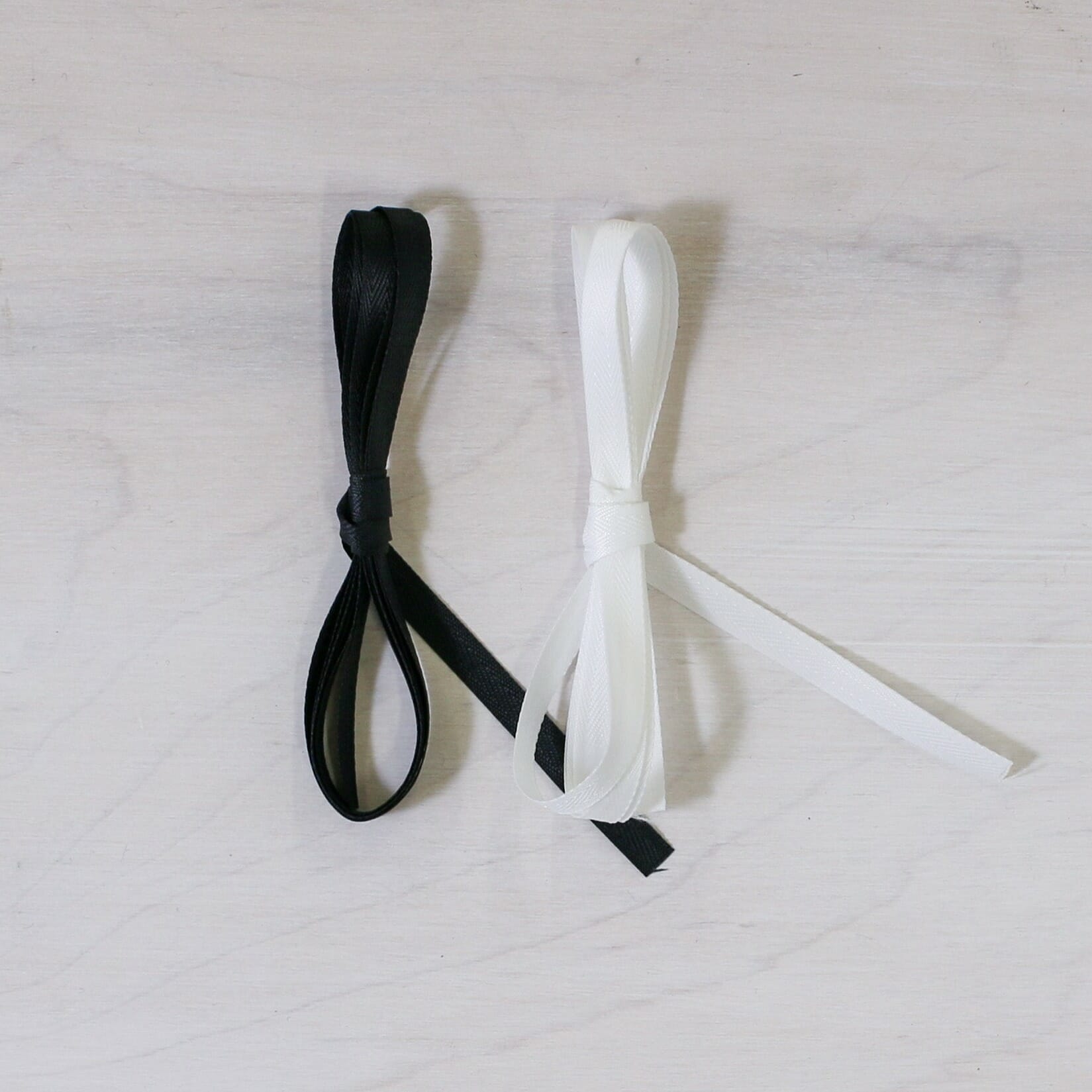
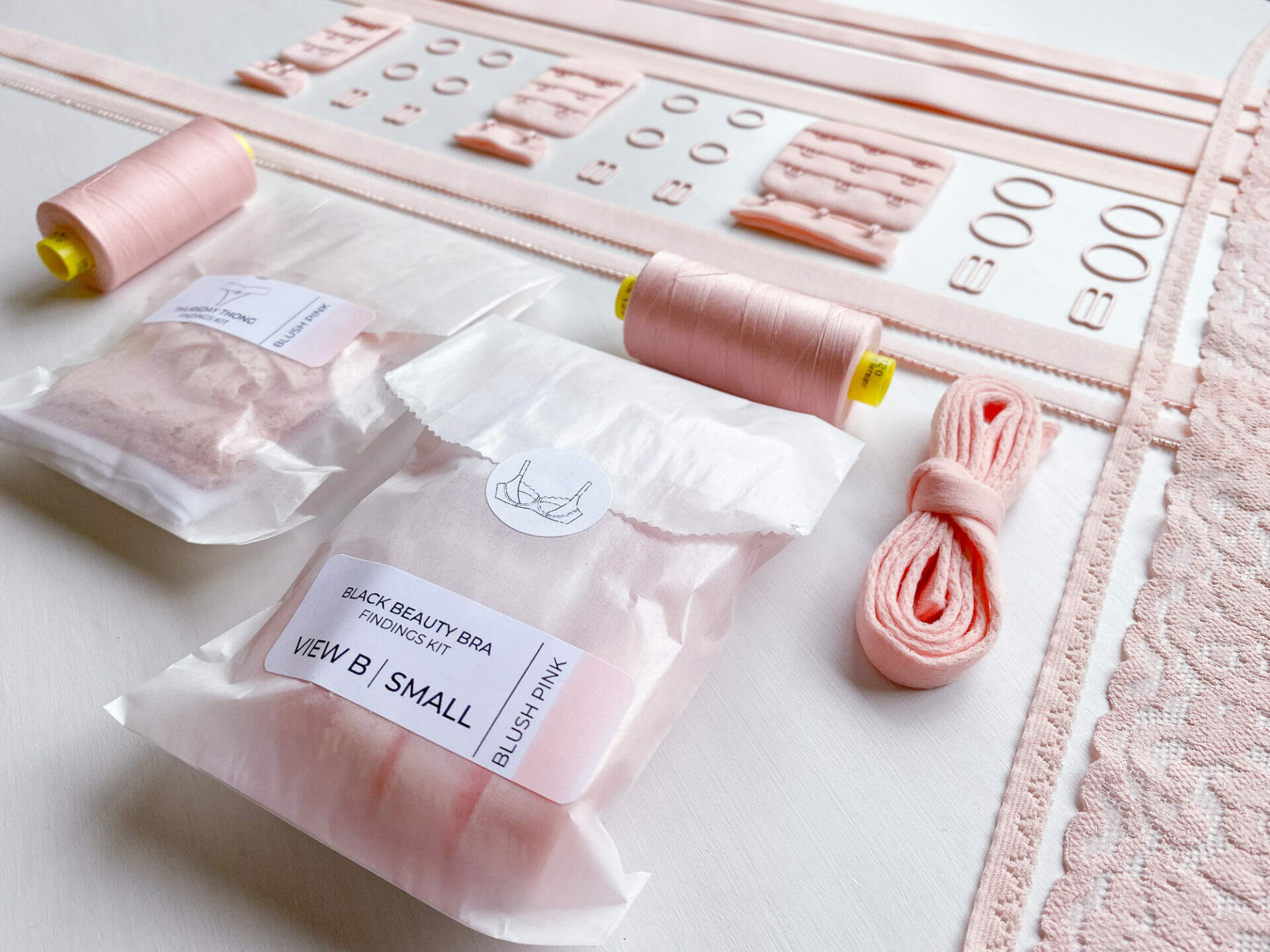


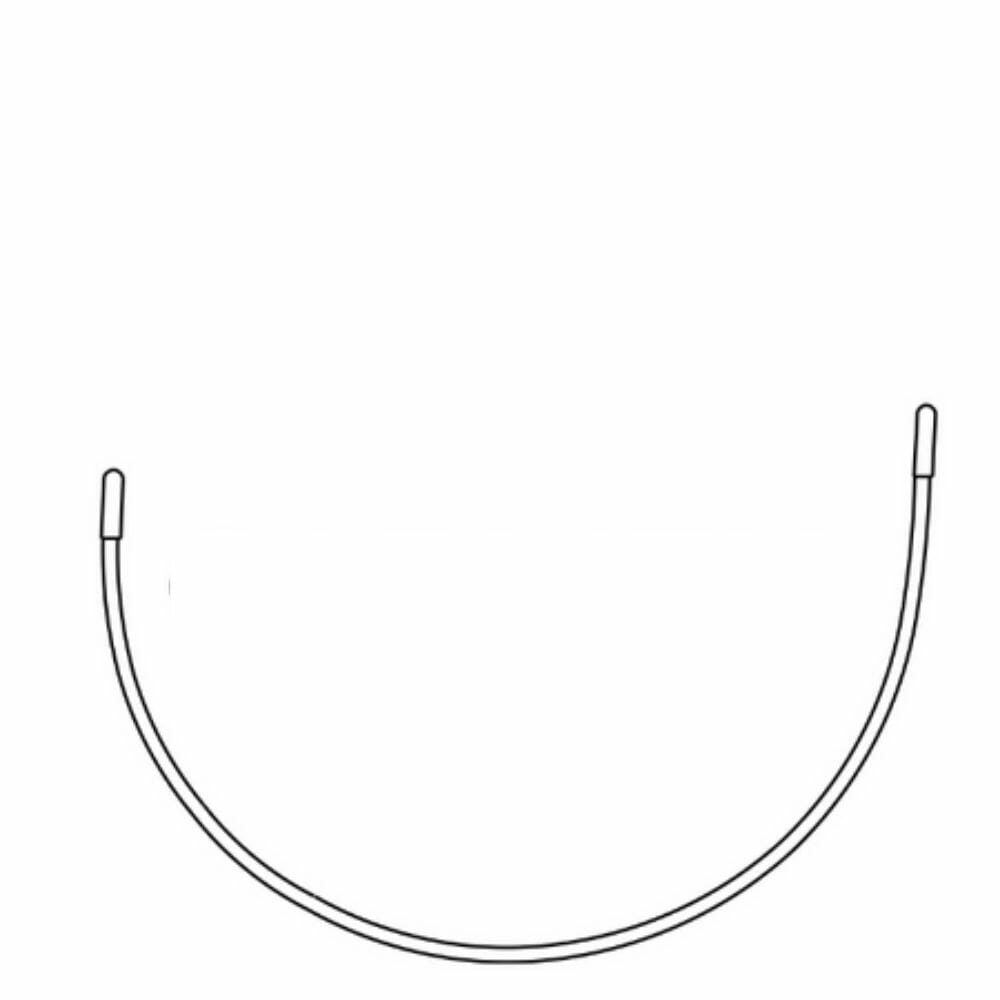


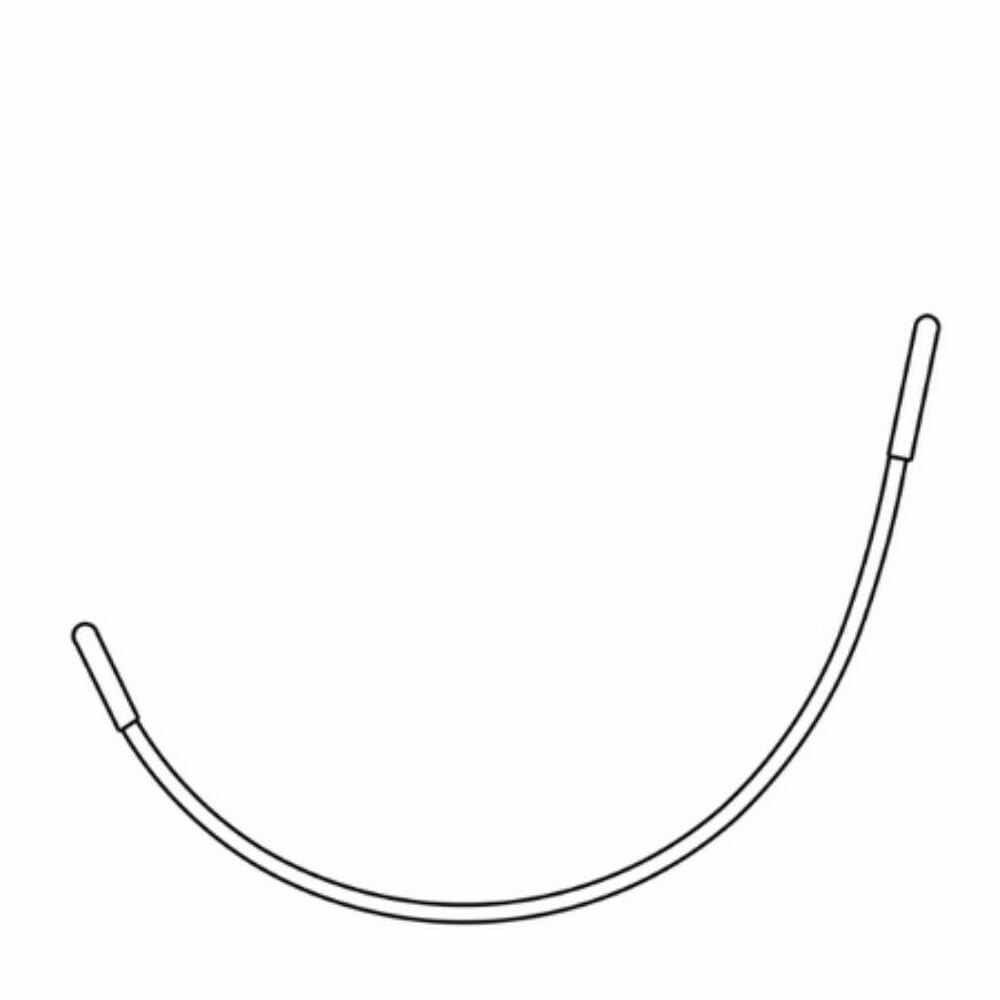


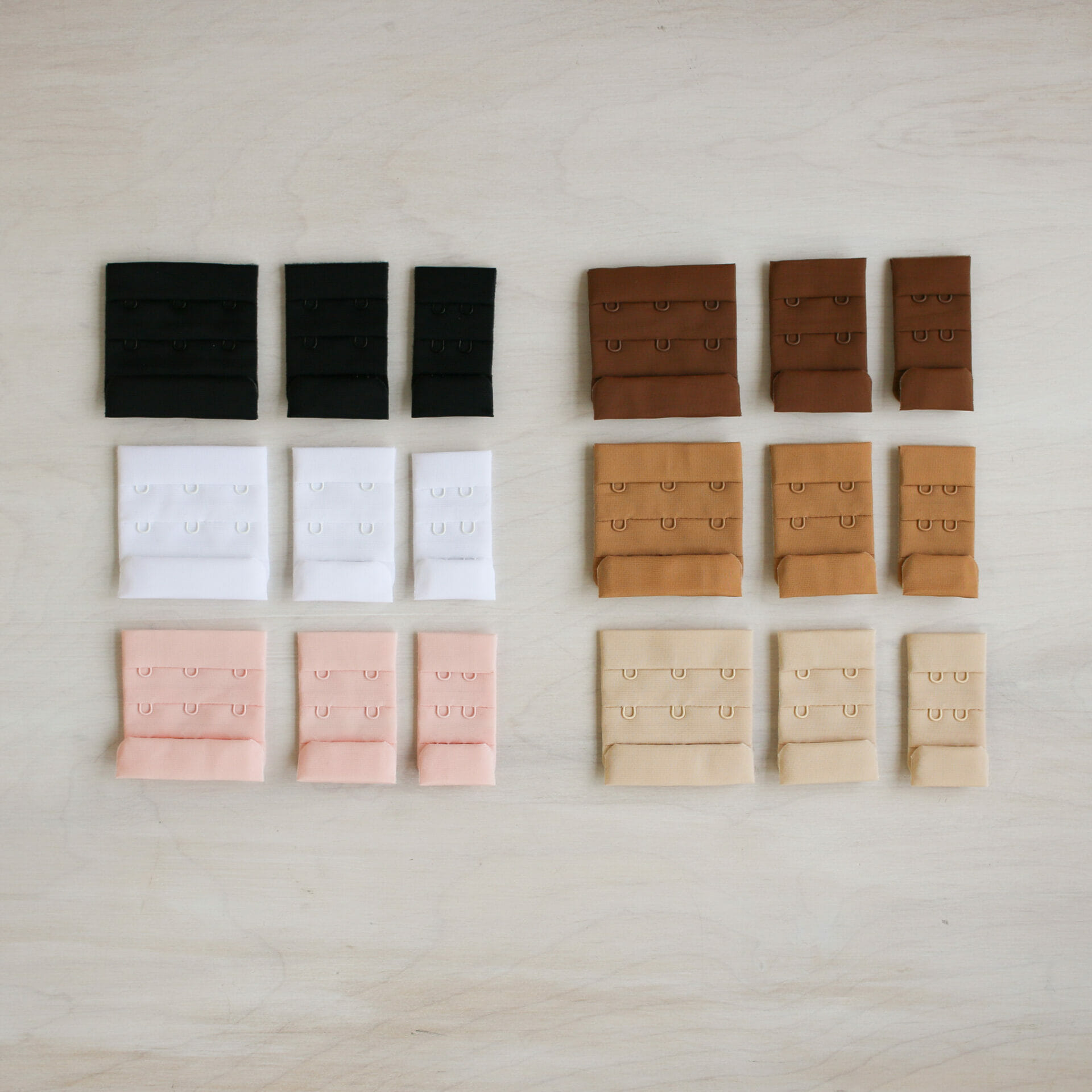

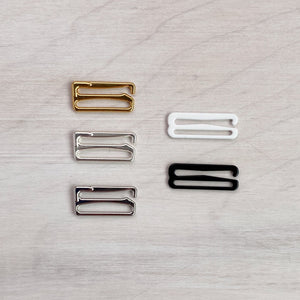
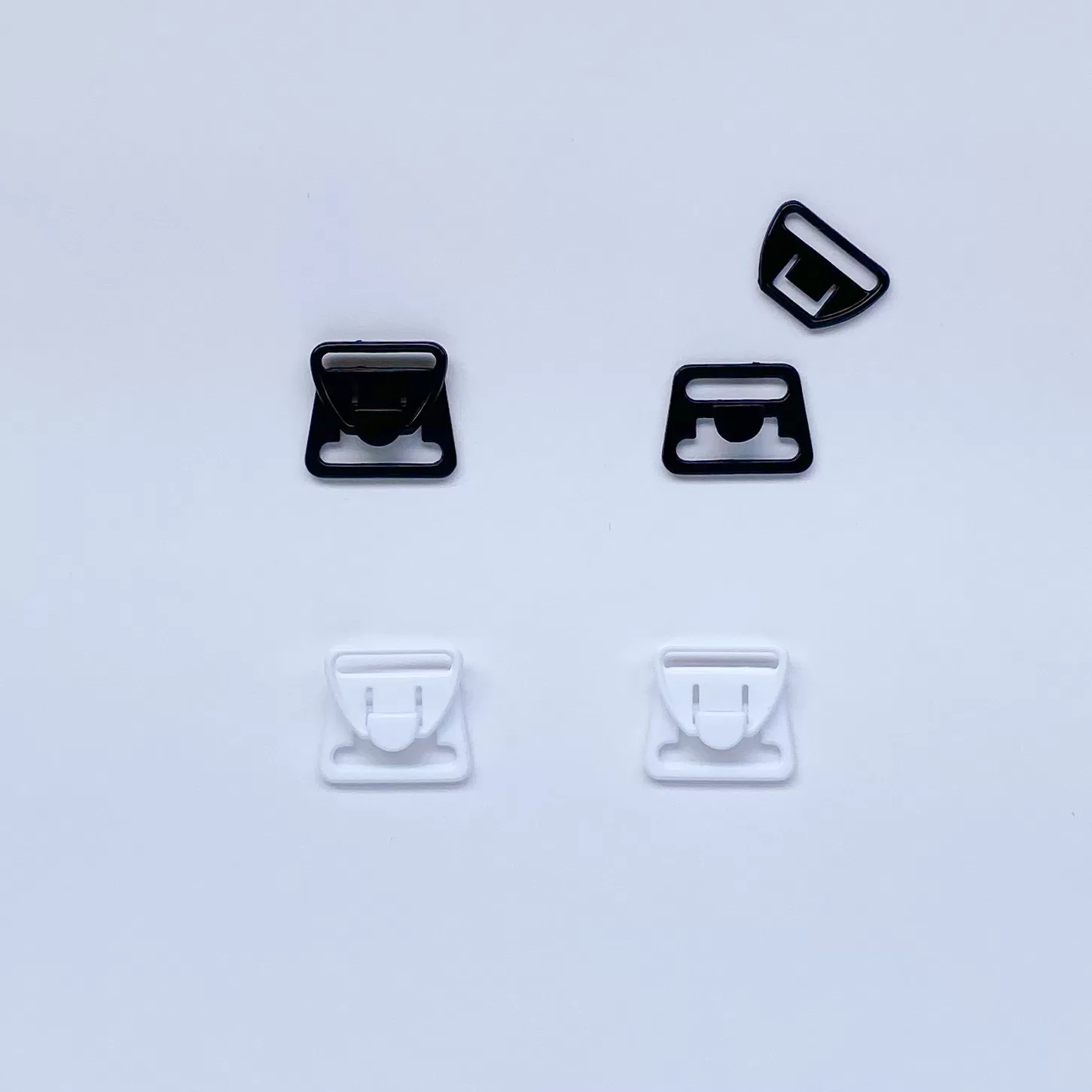




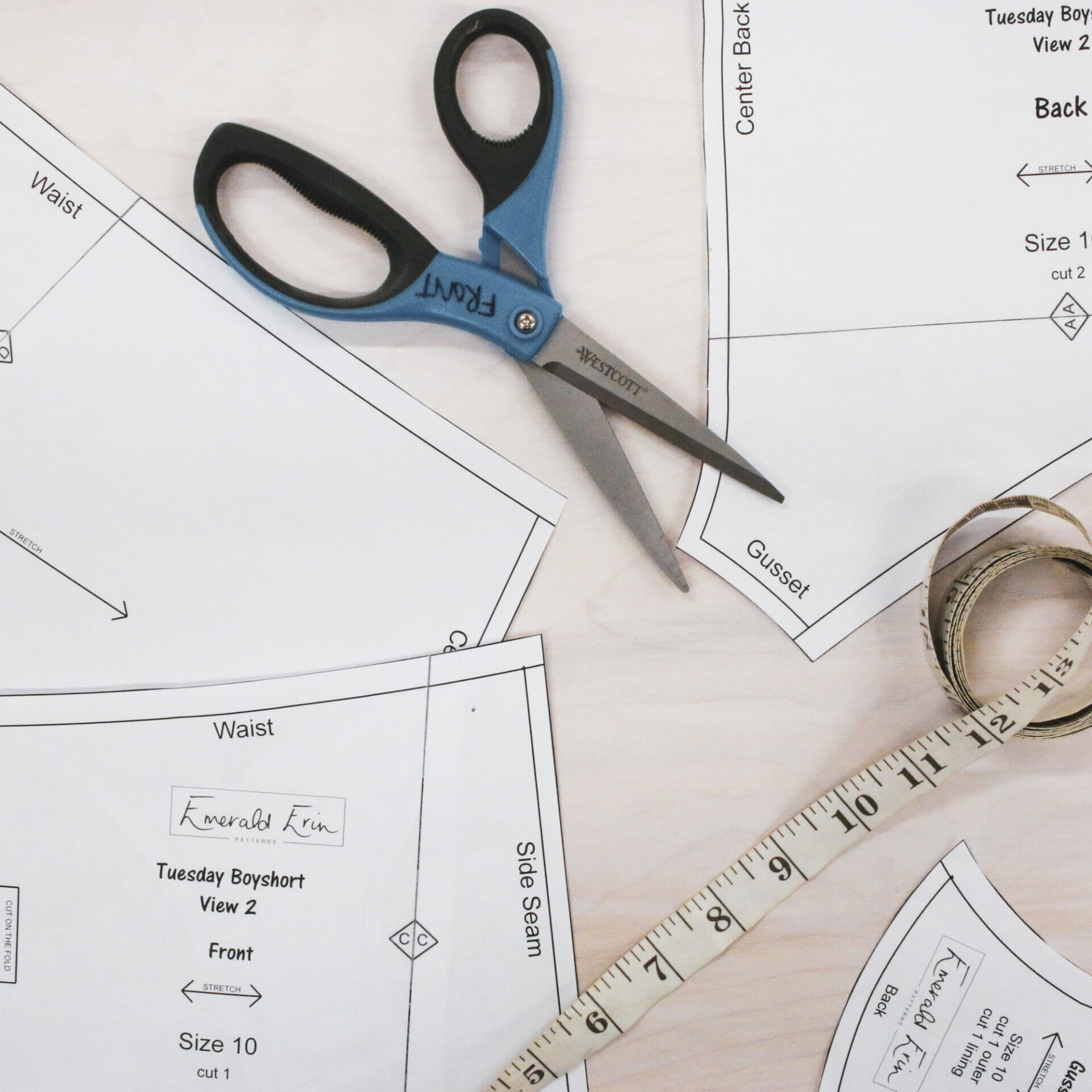

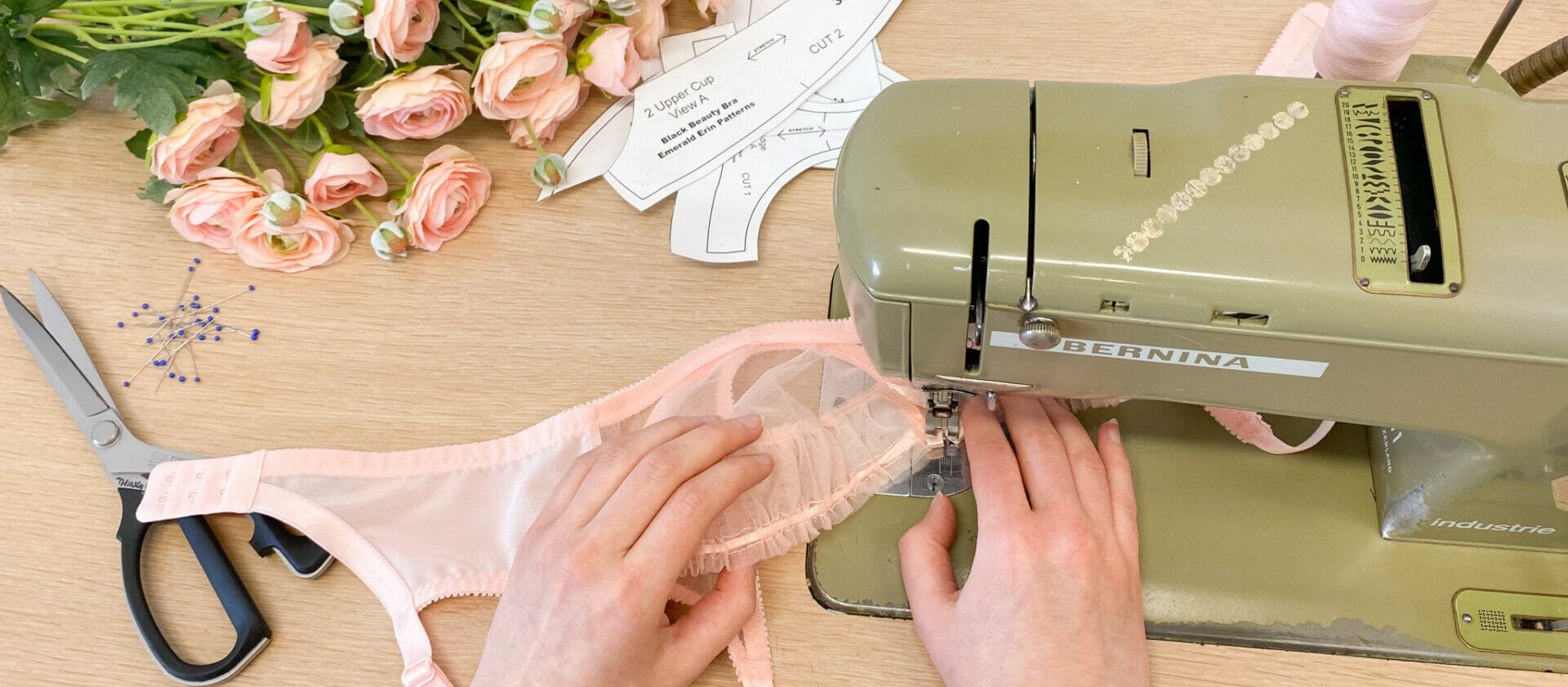
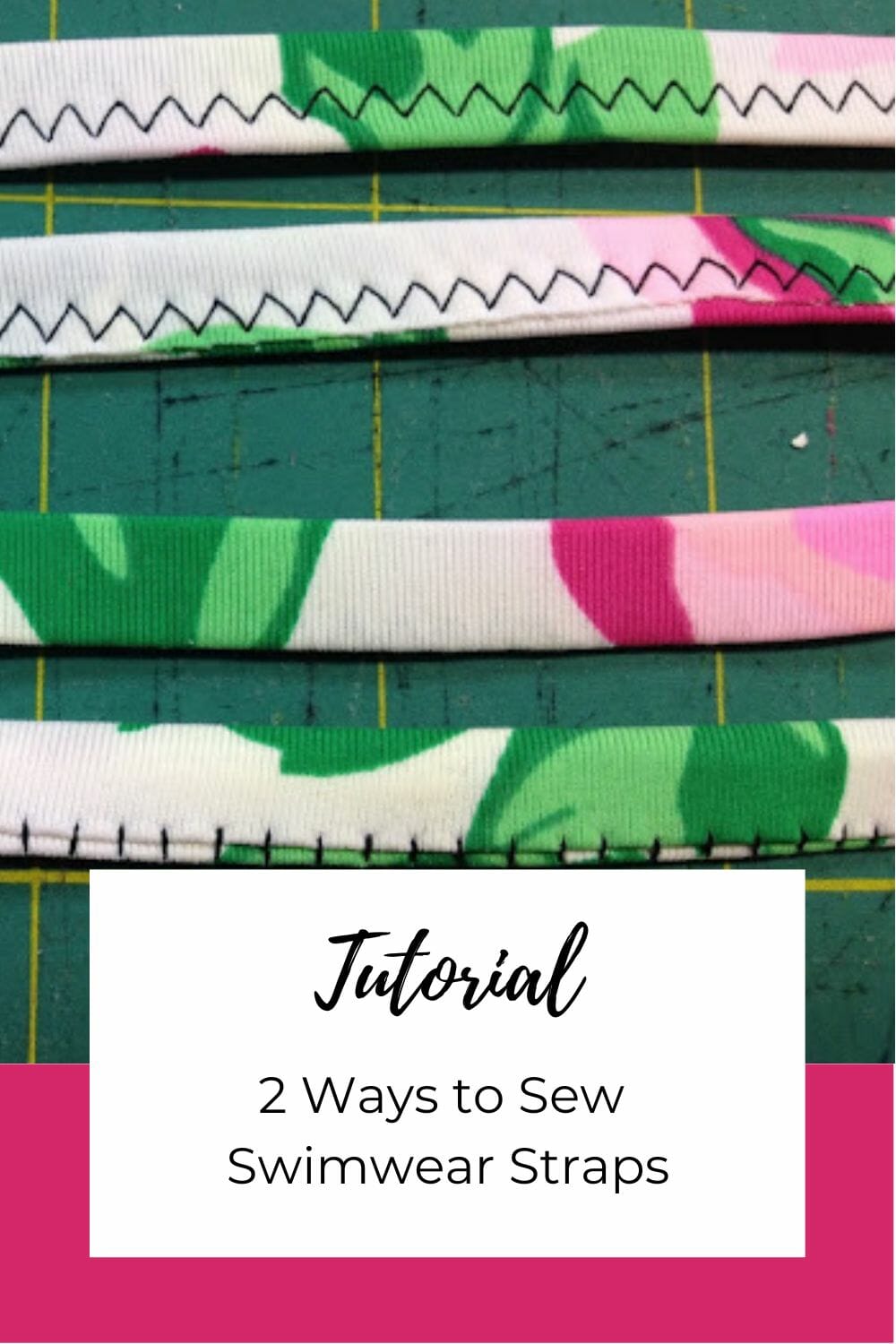
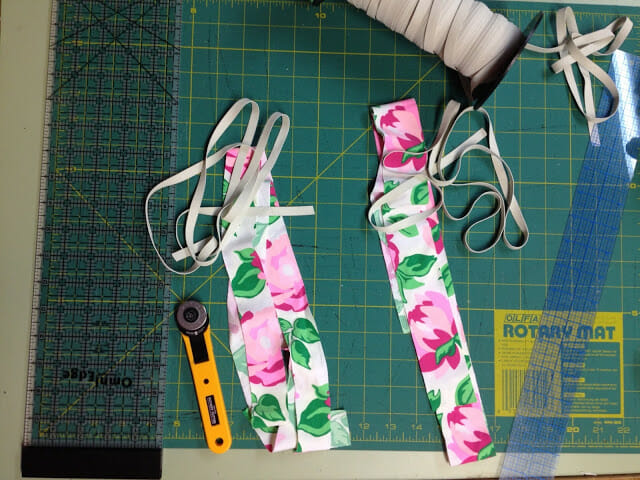


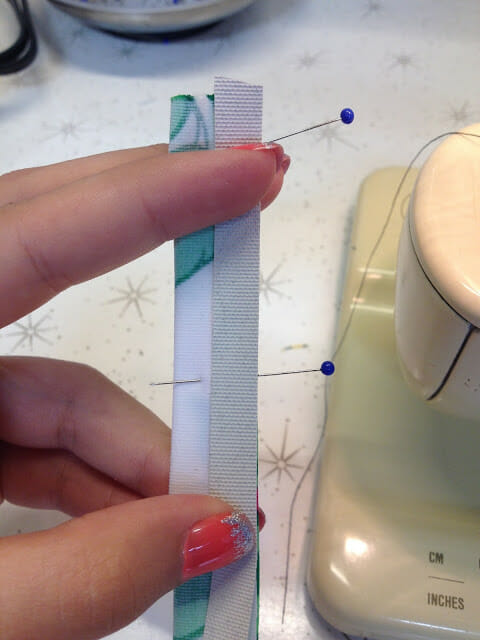









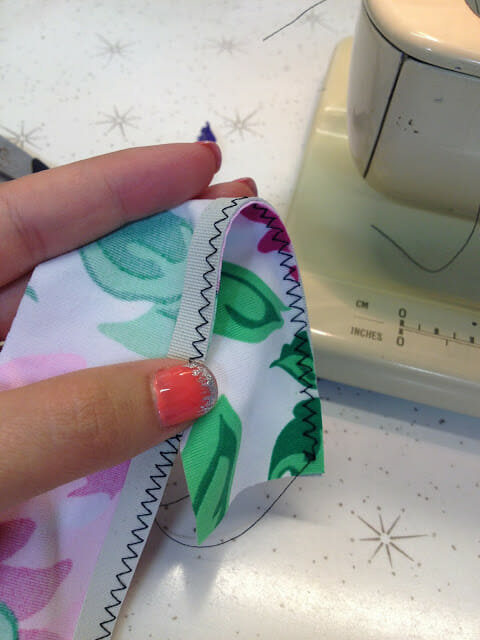







Great tutorial, Erin. I love it! From someone who has turned her share of straps, I like that second method. The seams really aren't very noticeable with matching thread. Thanks!
Michelle
Thanks Michelle! I'm loving the second method too- especially for wider straps because there's no slipping and sliding of the fabric, and no worries about being exactly accurate either. 🙂 🙂
Thanks Erin! I have a swimsuit project moving to the top of the sewing queue this week and will refer to your tutorial when making straps.
Thanks Ginny! I can't wait to see your suit! 🙂
Thanks for sharing your sewing method Erin. Great help. 🙂
Always happy to share 🙂
I've used a version of that first method: I used my serger to apply the 5 mm elastic. It was such a pain to turn those straps…
Yeah, it's a pain, but they can be quite pretty with the no-stitching look!
Great tutorial. What kind of elastic did you use?
I used an all-rubber elastic that is 3/8" wide, I have it available in my Etsy shop 🙂
Just wanted to let you know that I just finished using the first method. VERY nice result and quite invisible sewing when the thread matches the bathing suit fabric well. Of course I appreciate that the tutorial uses black thread so we can see better, but at the same time it is difficult to appreciate how very nice the results are. Thank you very much for this tutorial.
Thanks so much for your comment Joanne- I’m so glad you like the technique and the post 🙂 It does look really gorgeous and seamless with the matching thread 🙂
Hi Erin, I enjoyed your tutorial. Do you have any tips or tutorials for straps without elastic? I have some patterns that call for straps without elastic and I’m finding they are so much harder to sew! Or do you always add elastic? Are straps with elastic hard to tie?
I notice I’m my RTW suits that sometimes the straps will have elastic in them for a certain length then straps without elastic will be attached and those used to tie. Do you have any tutorials for that sort of thing?
Thank you!
Hi & thanks! I personally only sew my straps with elastic inside them, because I find that swimwear fabric alone is really stretchy and will probably pop your stitches if you have a lot of tension on your strap. I don’t have any problems when I tie straps with elastic in them, so I only have this tutorial with elastic included, but you could easily just omit the elastic from this if you didn’t want it and sew a tube of just fabric alone. 🙂
Amazing tutorials, thanks for sharing this one.
Thanks!
Thanks for this tutorial! I’m looking to sew wide straps. Do you use two pieces of elastic? Or sew in the center? How do you make wide straps?
Usually I would recommend buying a wide elastic. Otherwise I guess you could sew two pieces of elastic together, but they might want to fold in the middle a bit
Erin, my machine has trouble zig-zagging the two cut edges of rubber elastic together when I want to insert this circle into the waist or legs of a swim suit. My machine works much better then it is going over my fabric with the rubber inside, but somehow, it does not work on the rubber itself. Am I using the wrong sewing machine needle?